When it comes to fitness and exercise, many people focus on large muscle groups like the quads, chest, and back. However, neglecting small muscle groups can lead to imbalances, injuries, and suboptimal performance. Whether you're an athlete, a fitness enthusiast, or someone recovering from an injury, incorporating small muscle group exercises into your routine is essential for maintaining balance, stability, and overall health.
What Are Small Muscle Groups?
Small muscle groups refer to the minor muscles in the body that often go unnoticed but play a critical role in movement, stability, and injury prevention. These muscles include the rotator cuff, gluteus medius, tibialis anterior, and transversus abdominis, among others. While they may not be as prominent as larger muscles, their function is vital for proper biomechanics and overall fitness.
Neglecting these minor muscle groups can lead to overcompensation by larger muscles, resulting in pain, strains, and injuries. For example, weak gluteus medius muscles can cause knee pain, while underactive rotator cuff muscles can lead to shoulder impingement. This is why small muscle group workouts are just as important as exercises targeting larger muscles.
Why Small Muscle Group Workouts Matter
1. Prevent Injuries
Many common injuries, such as pulled hamstrings, lower back pain, and knee pain, can be traced back to weak or underactive small muscle groups. For instance, the gluteus maximus is crucial for hip extension, and when it’s weak, the hamstrings and lower back are forced to overwork, leading to strains and pain. Similarly, weak rotator cuff muscles can cause shoulder instability and impingement.
By incorporating small muscle exercises into your routine, you can address these imbalances and reduce the risk of injury. Exercises like clamshells for the gluteus medius or rotator cuff external rotations can make a significant difference in injury prevention.
2. Improve Stability and Balance
Small muscles often act as stabilizers for joints and larger muscle groups. For example, the tibialis anterior and posterior muscles stabilize the ankle, while the transversus abdominis stabilizes the lumbar spine. Strengthening these muscles through targeted small muscle group workouts can improve your balance, posture, and overall movement efficiency.
3. Enhance Athletic Performance
Athletes in sports like running, tennis, and soccer rely heavily on small muscle groups for power, coordination, and stability. A strong gluteus medius, for example, is essential for lateral movements and preventing knee collapse during running or cutting motions. Similarly, a well-conditioned rotator cuff is critical for overhead athletes like baseball pitchers and tennis players.
Key Small Muscle Groups to Target
1. Gluteus Medius and Minimus
These muscles are essential for hip stability and preventing knee valgus (inward collapse). Weakness in these muscles can lead to knee pain, IT band syndrome, and lower back issues. Incorporate exercises like side-lying leg lifts, clamshells, and lateral band walks into your small muscle group workout.
2. Rotator Cuff
The rotator cuff consists of four small muscles (supraspinatus, infraspinatus, teres minor, and subscapularis) that stabilize the shoulder joint. Neglecting these muscles can lead to shoulder impingement, rotator cuff tears, and poor posture. Include exercises like external rotations, scapular retractions, and band pull-aparts in your routine.
3. Transversus Abdominis (TVA)
The TVA is a deep core muscle that stabilizes the lumbar spine. Weakness in this muscle can contribute to lower back pain and poor posture. Pilates-based exercises like pelvic tilts and abdominal hollowing can help activate and strengthen the TVA.
4. Tibialis Anterior and Posterior
These muscles in the lower leg are often overlooked but are crucial for ankle stability and preventing shin splints. Strengthen them with exercises like toe raises, resisted dorsiflexion, and single-leg balance drills.
How to Incorporate Small Muscle Group Exercises into Your Routine
-
Start with a Warm-Up: Begin your workout with dynamic stretches and activation exercises for small muscle groups. For example, use glute activation exercises like fire hydrants before a lower-body workout.
-
Include Isolation Exercises: Add isolation exercises that target specific small muscles, such as rotator cuff external rotations or clamshells for the gluteus medius.
-
Focus on Form: Small muscle exercises often require precise movements. Focus on proper form to ensure you’re targeting the right muscles and avoiding compensation by larger muscles.
-
Balance Your Routine: Ensure your workout plan includes exercises for both large and small muscle groups. For example, pair squats (large muscle) with lateral band walks (small muscle).
-
Recover and Stretch: Small muscles can become overworked if larger muscles are tight or imbalanced. Incorporate stretching and recovery techniques like foam rolling or massage therapy to maintain muscle balance.
The Role of Professional Guidance
If you’re unsure where to start or have a history of injuries, consider seeking professional guidance. Physical therapists, personal trainers, and massage therapists can help you identify weak or neglected muscles and create a customized small muscle group workout plan. For residents of NYC, especially those in the Upper West Side, clinics like OnYourMark offer specialized physical therapy and massage therapy services to address muscle imbalances and prevent injuries.
Conclusion
Neglecting small muscle groups can lead to imbalances, injuries, and suboptimal performance. By incorporating small muscle group exercises into your routine, you can improve stability, prevent injuries, and enhance your overall fitness. Whether you’re an athlete or someone recovering from an injury, paying attention to these minor muscles is key to achieving your fitness goals and staying injury-free.
For more personalized advice or to address specific muscle imbalances, don’t hesitate to reach out to a professional. Call us today for a FREE consultation and take the first step toward a stronger, healthier you!

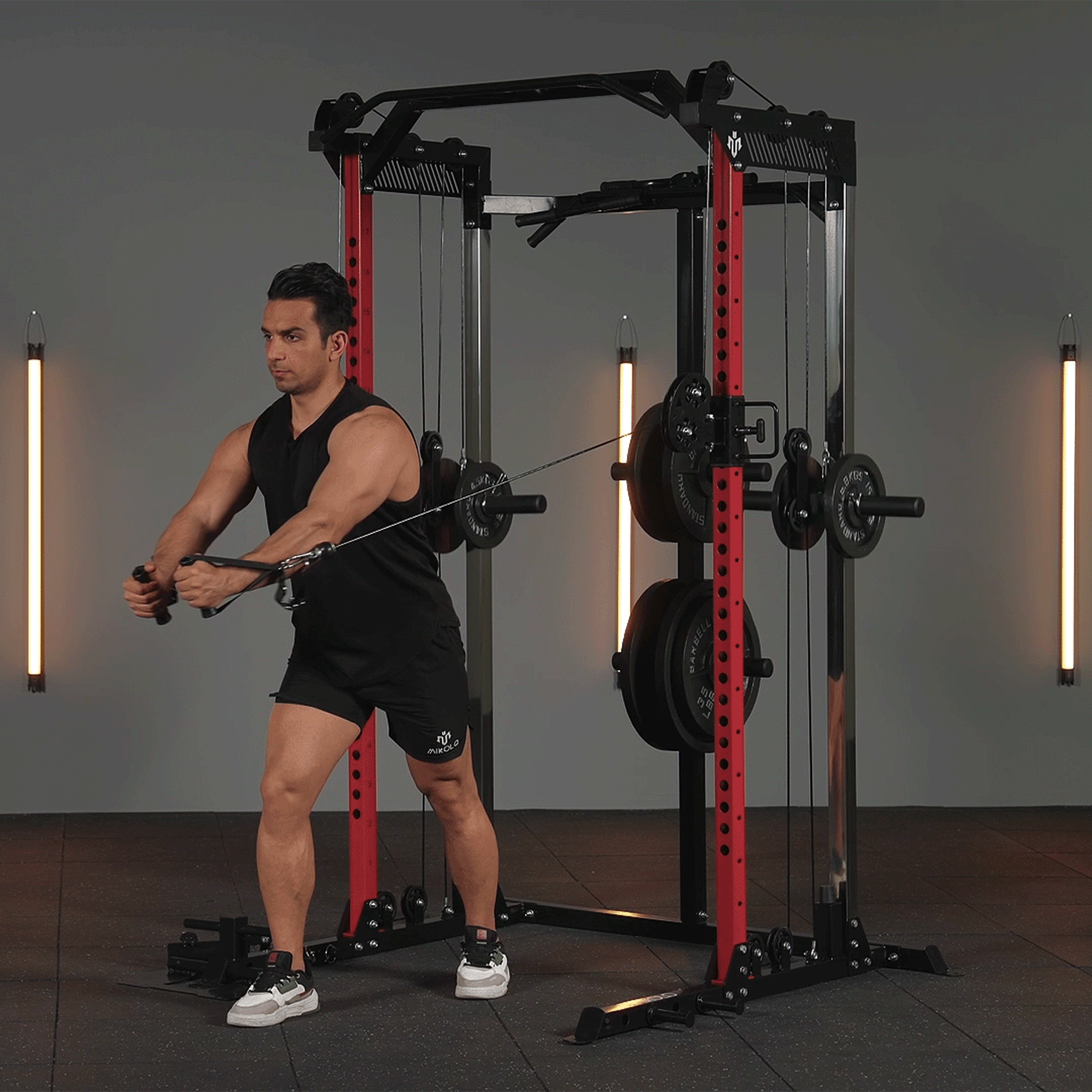
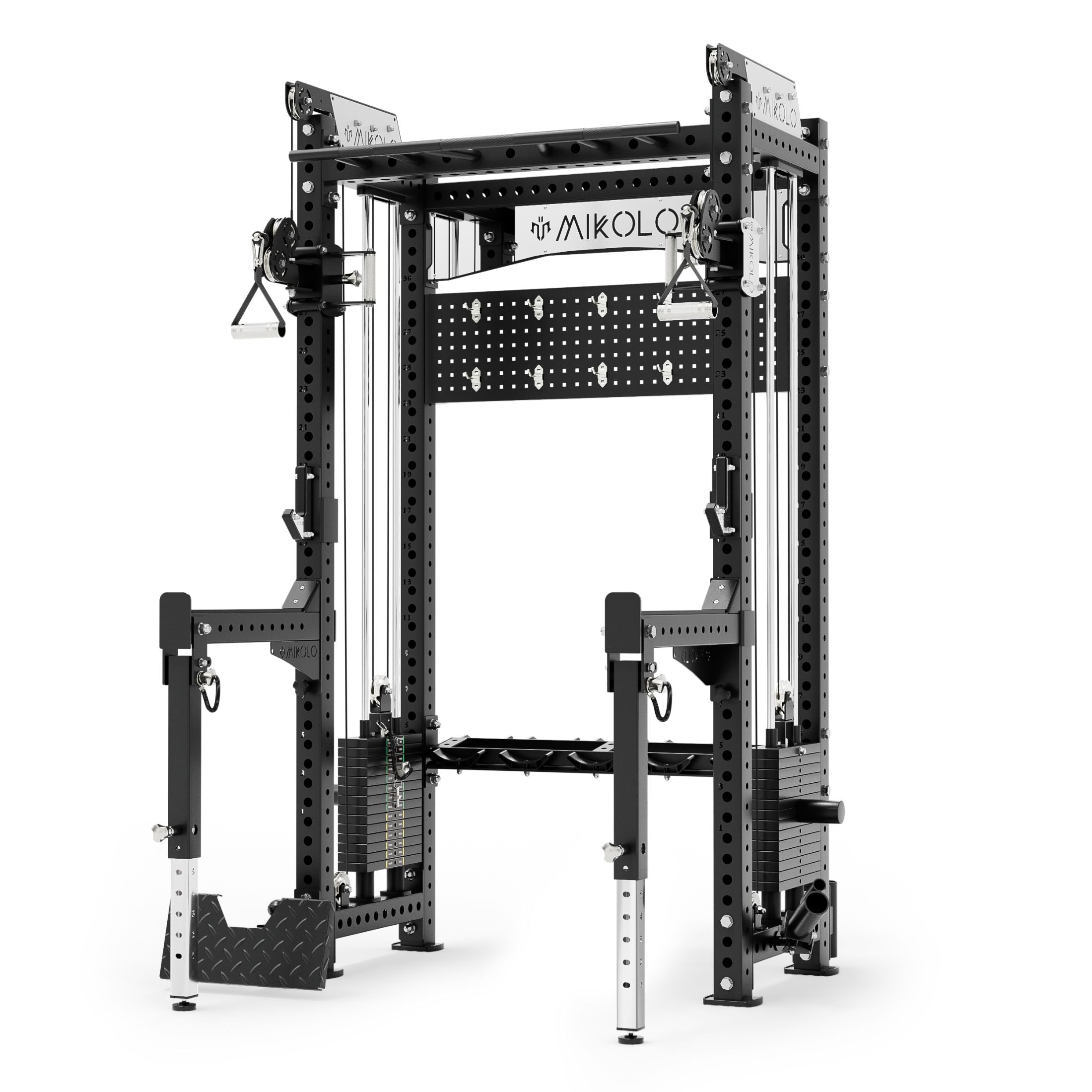


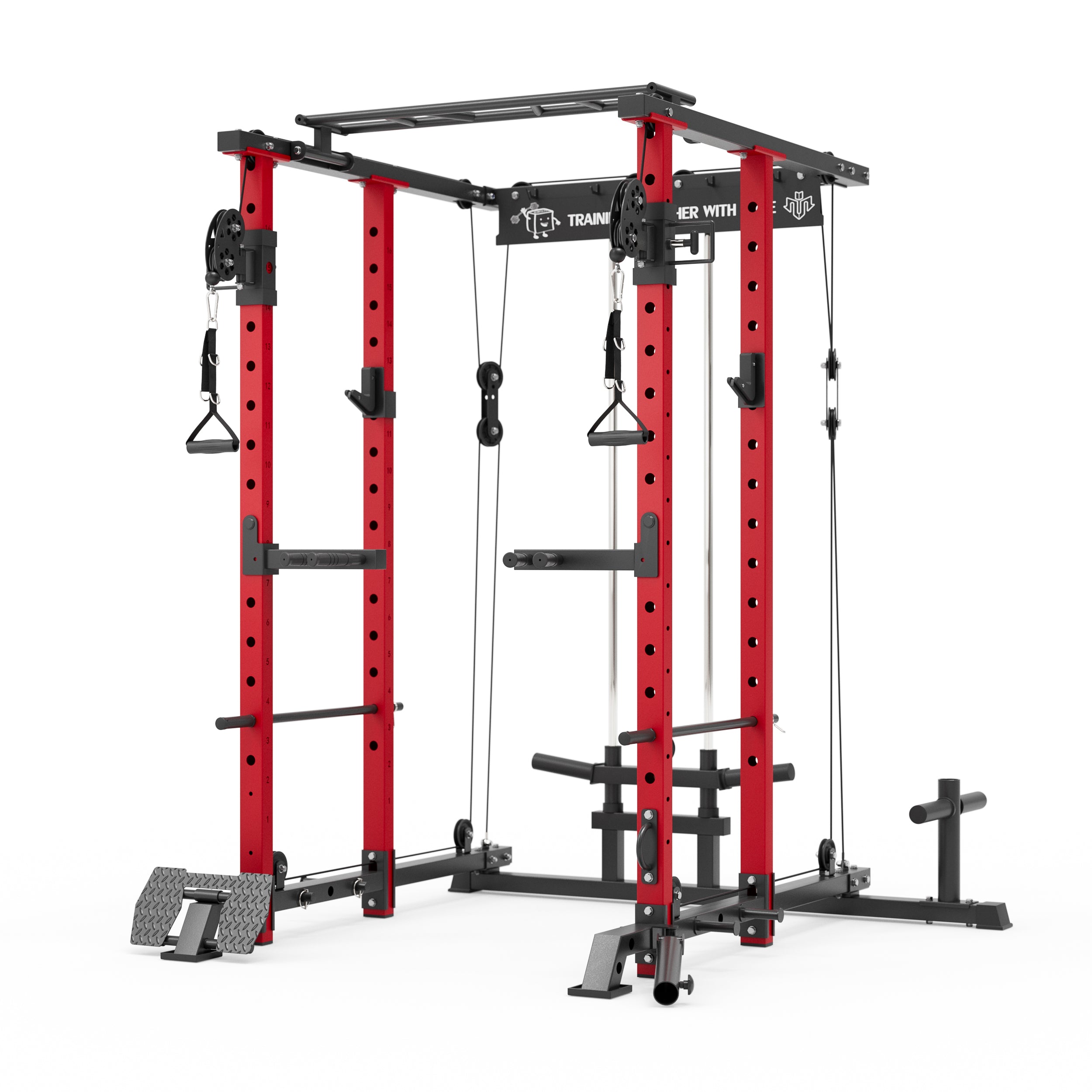
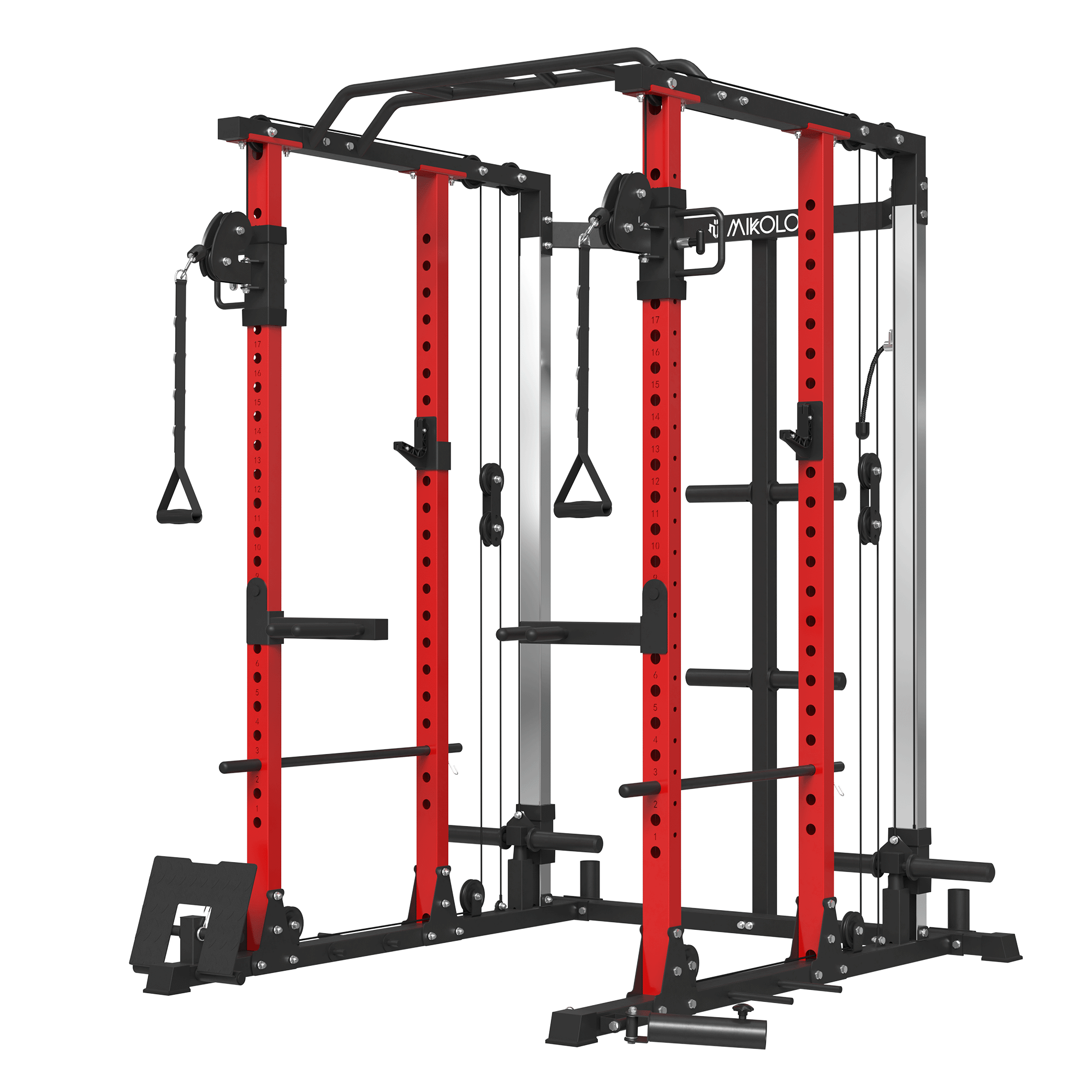
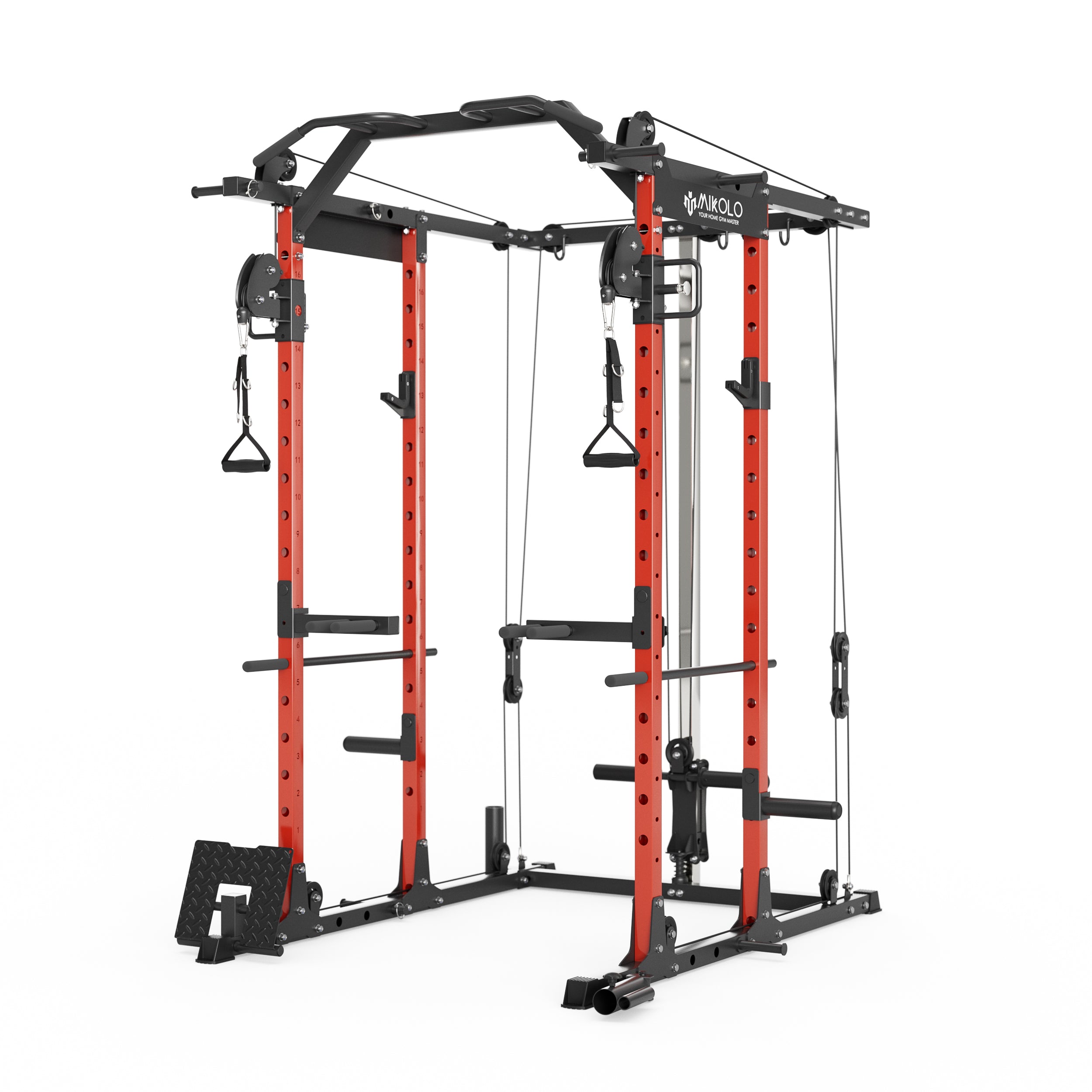
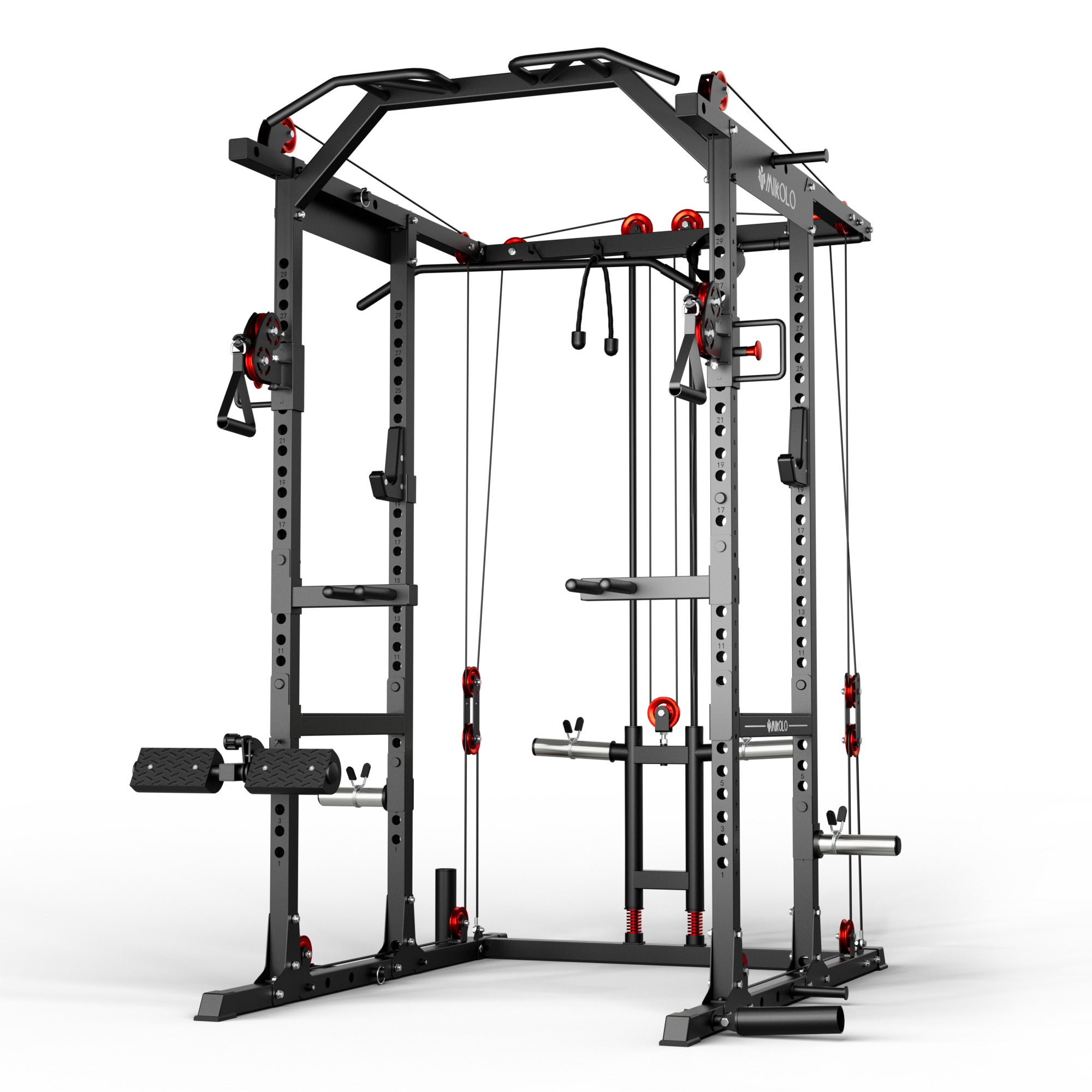
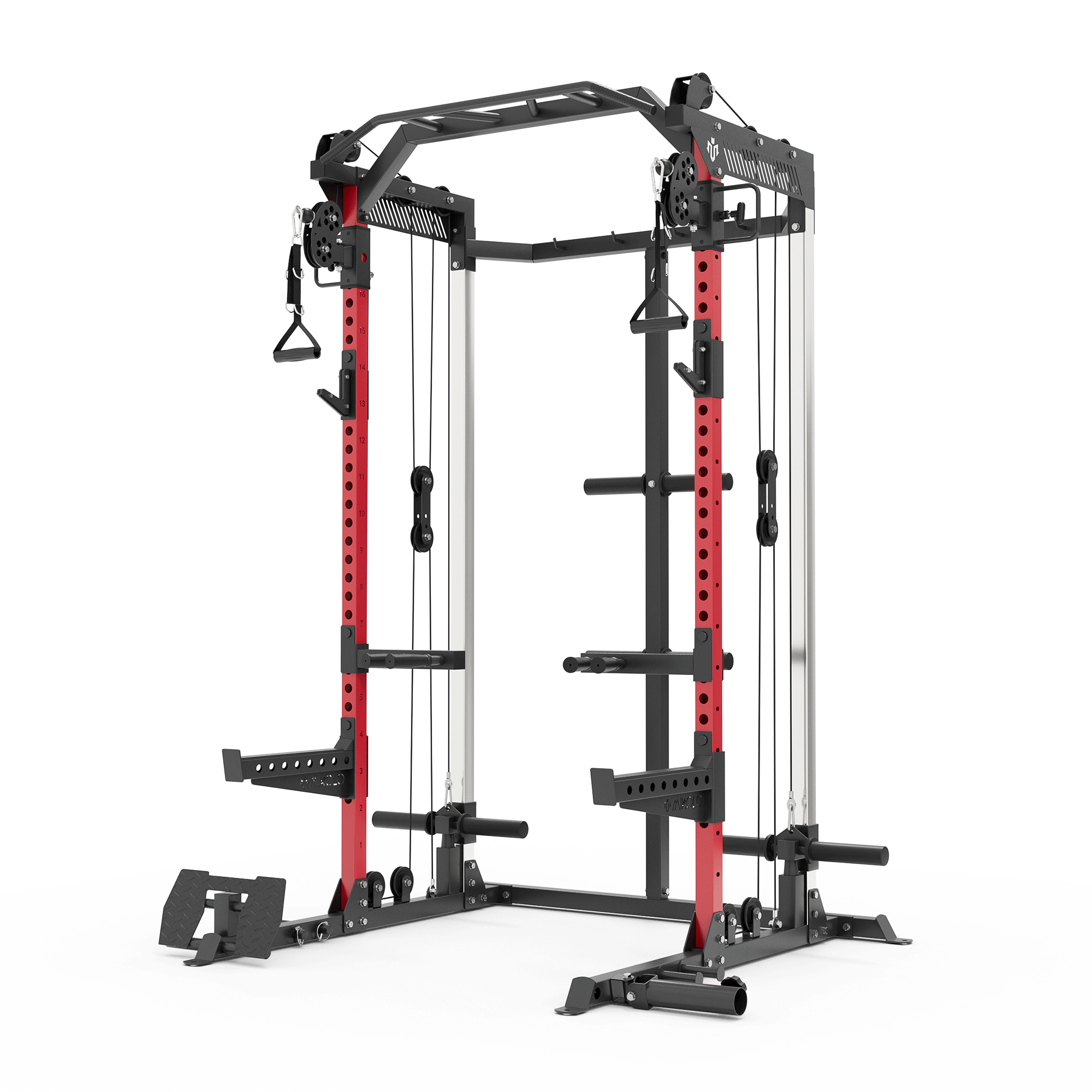
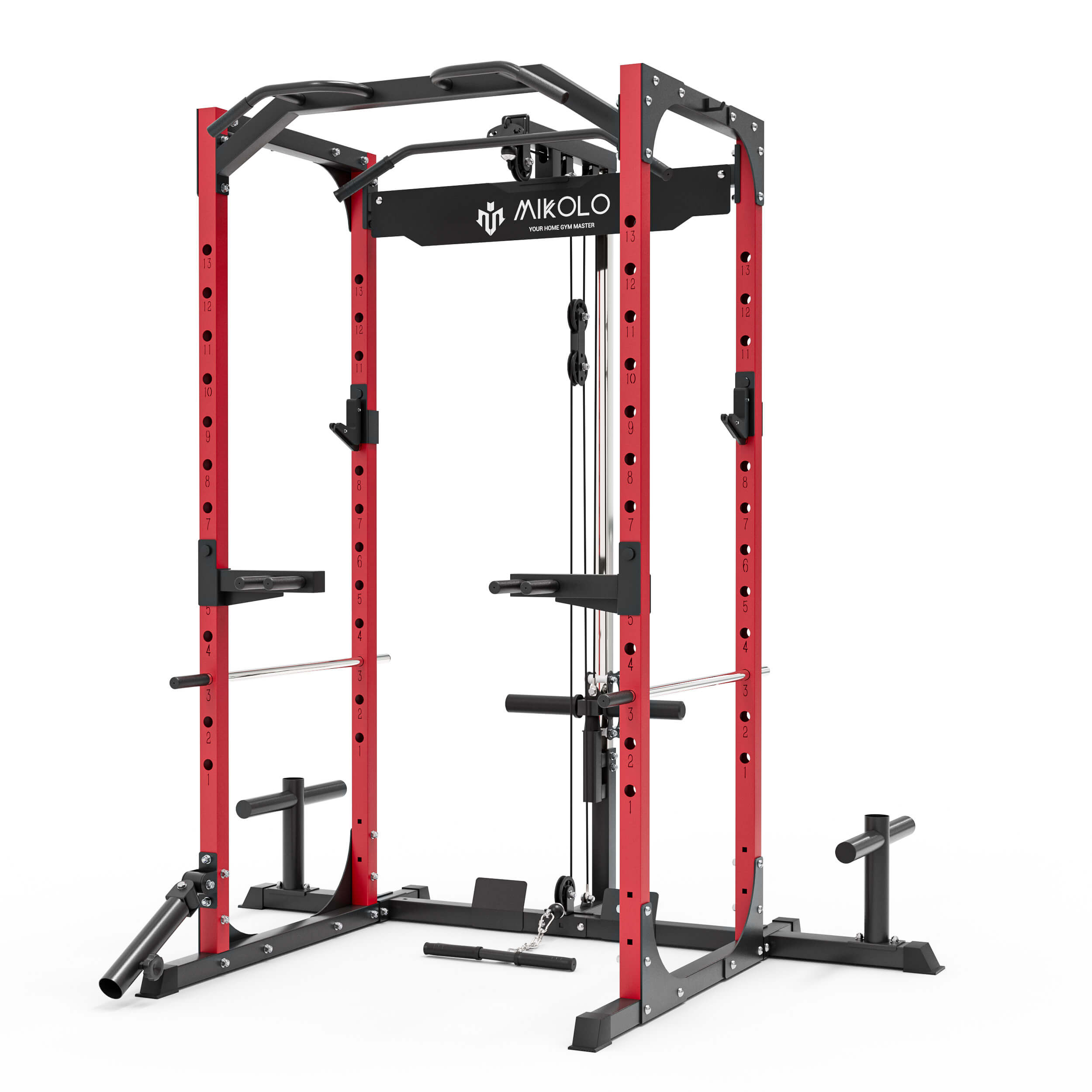
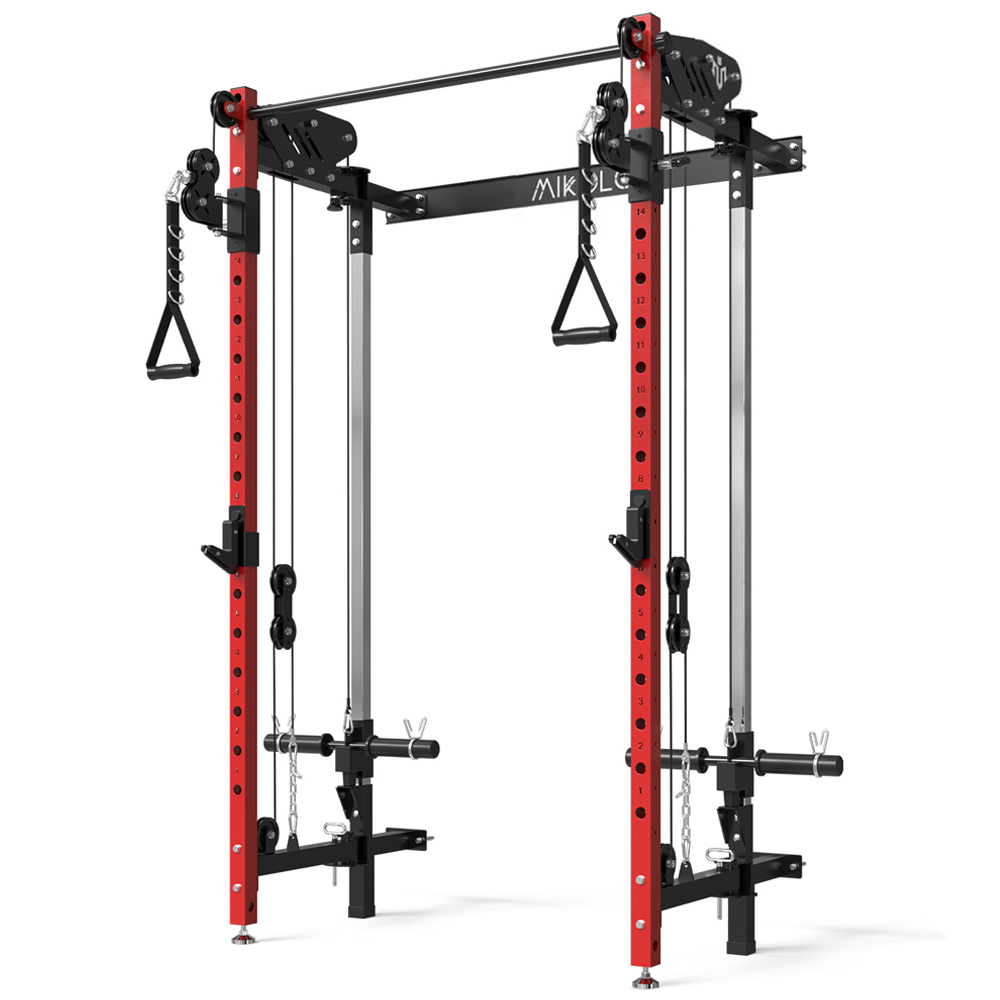

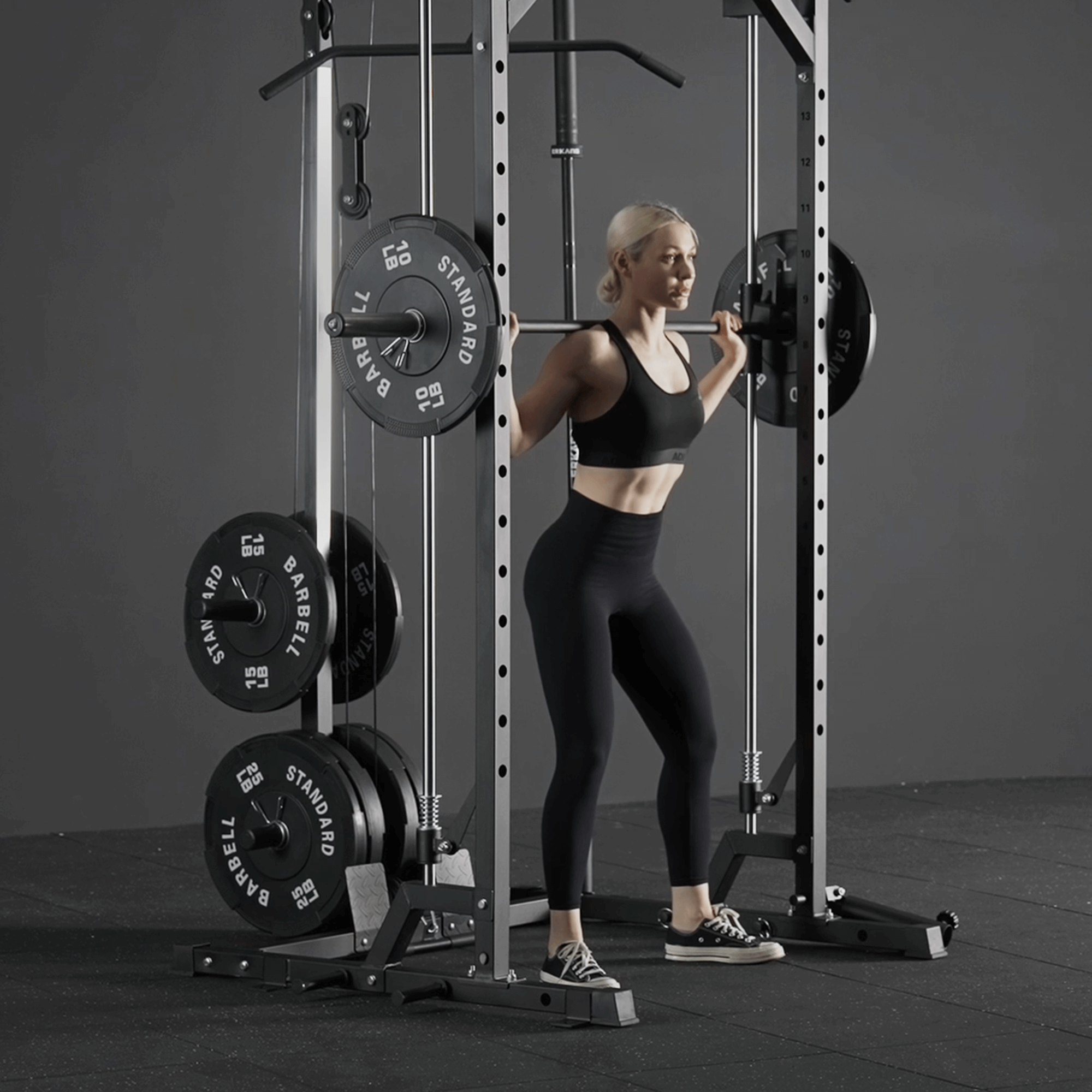
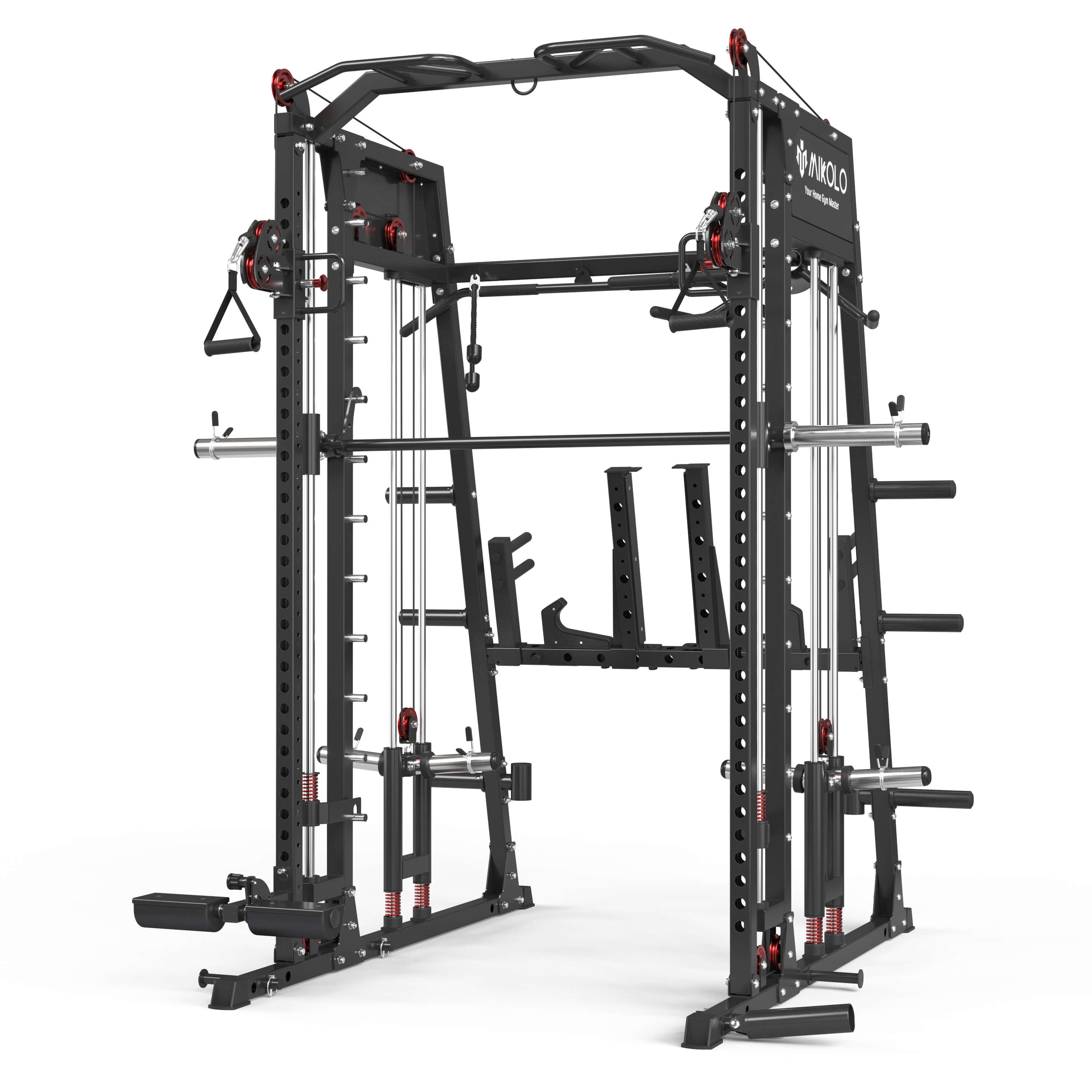


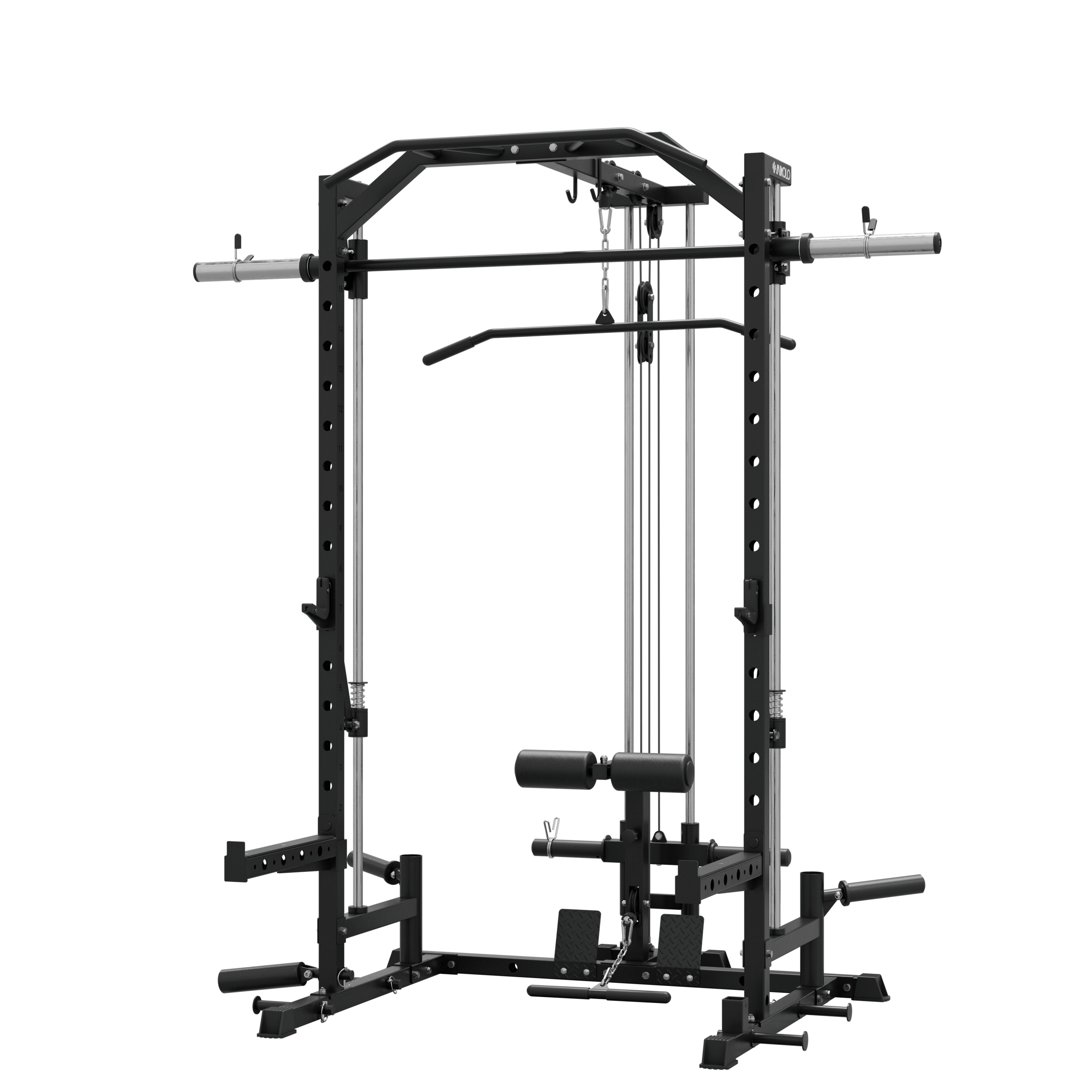
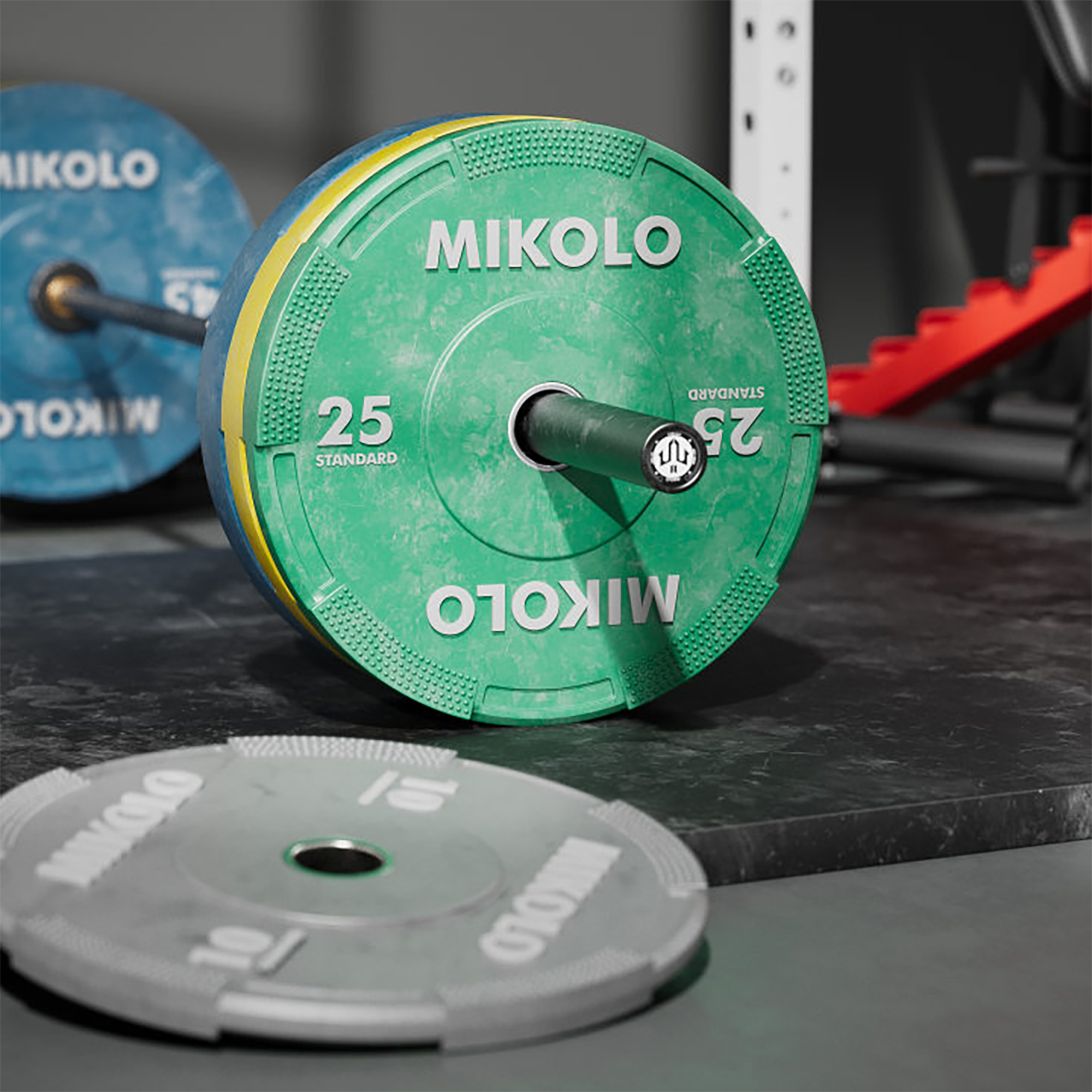
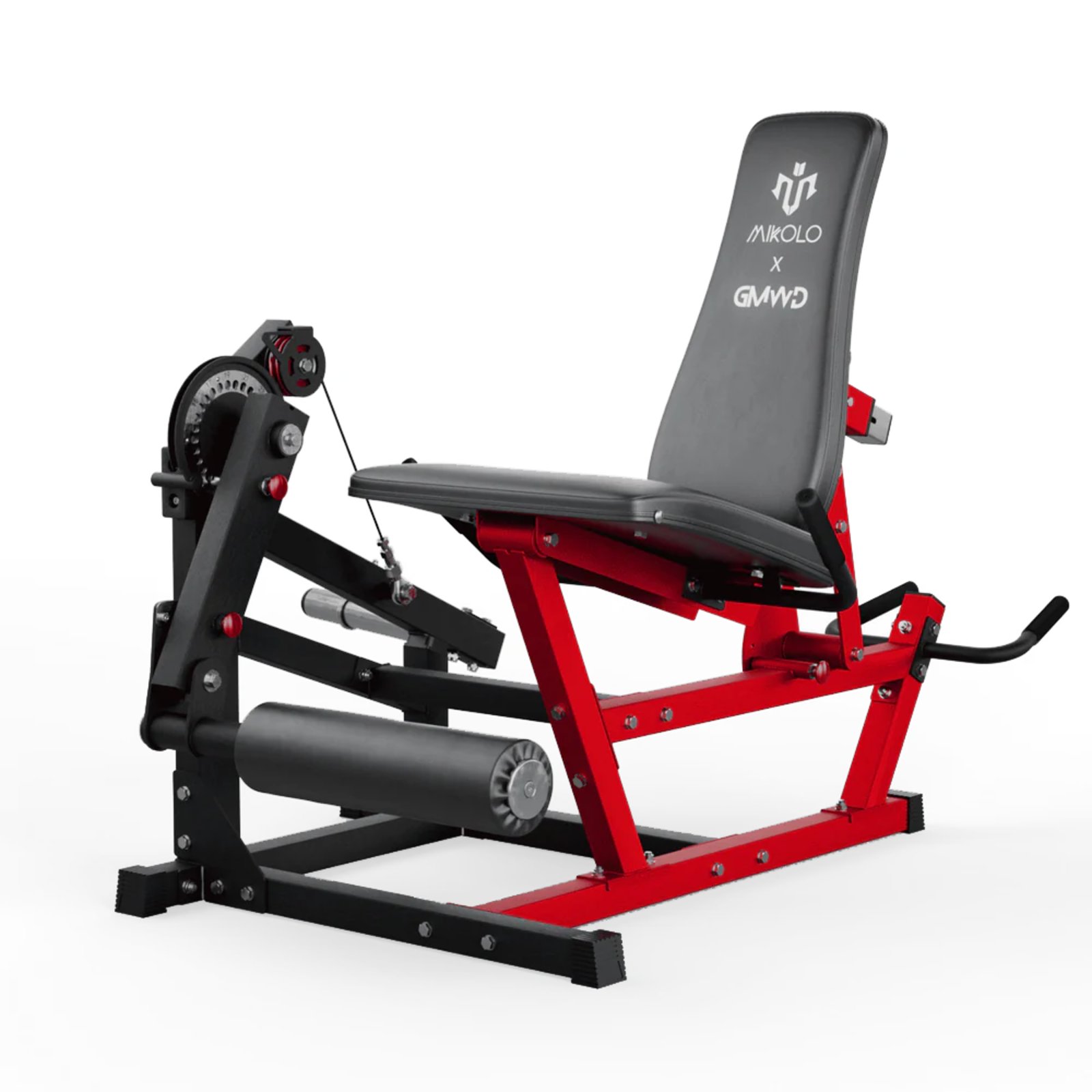
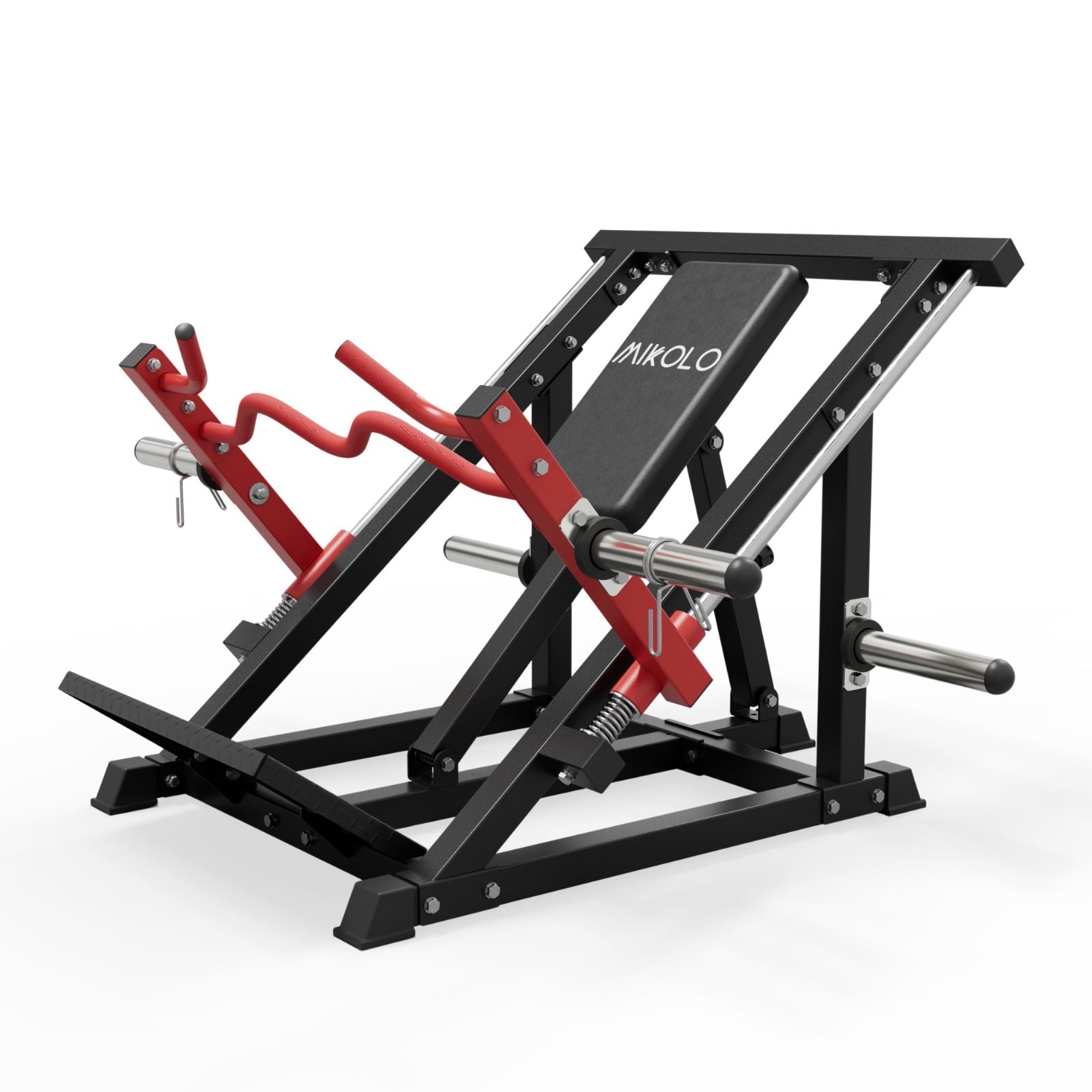
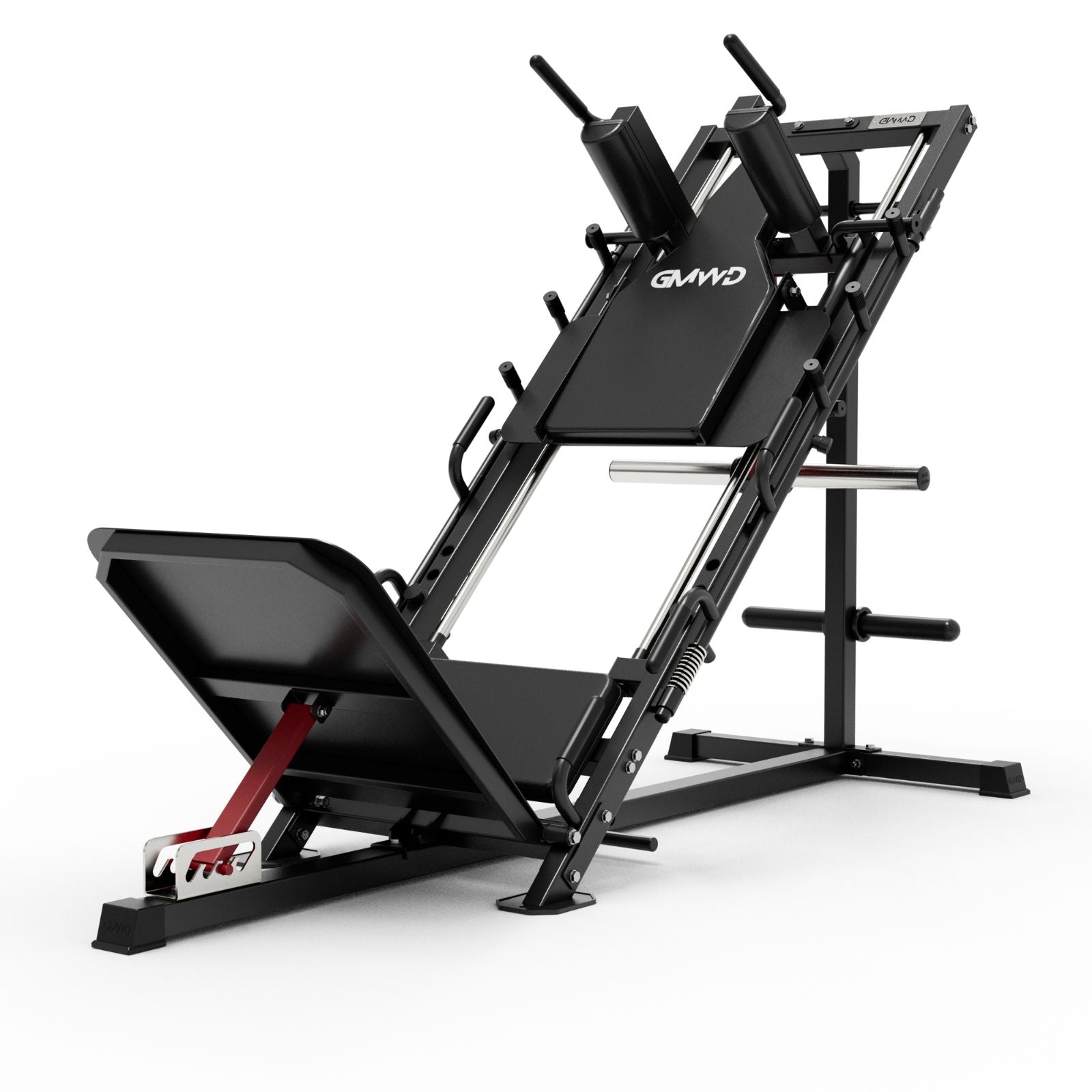
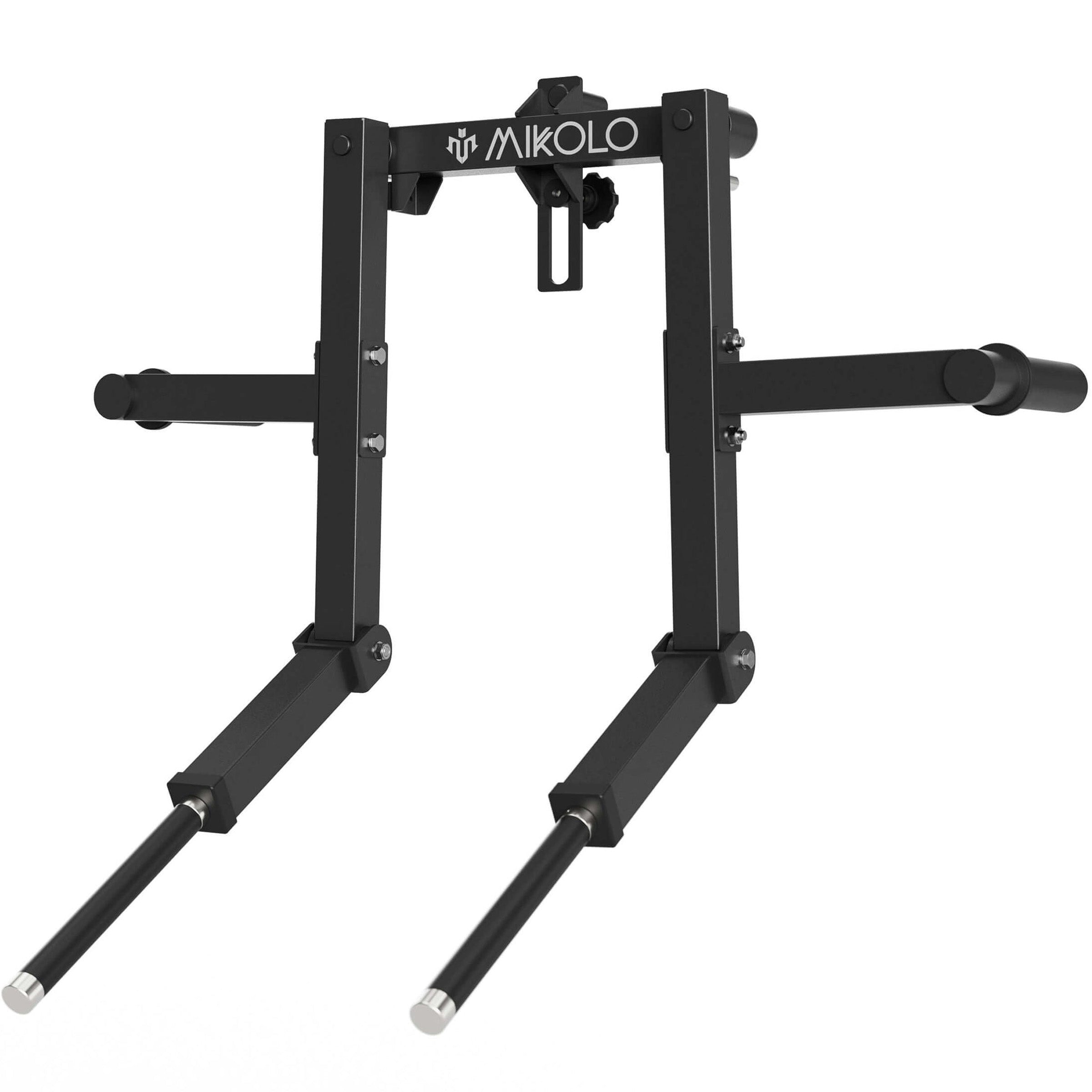
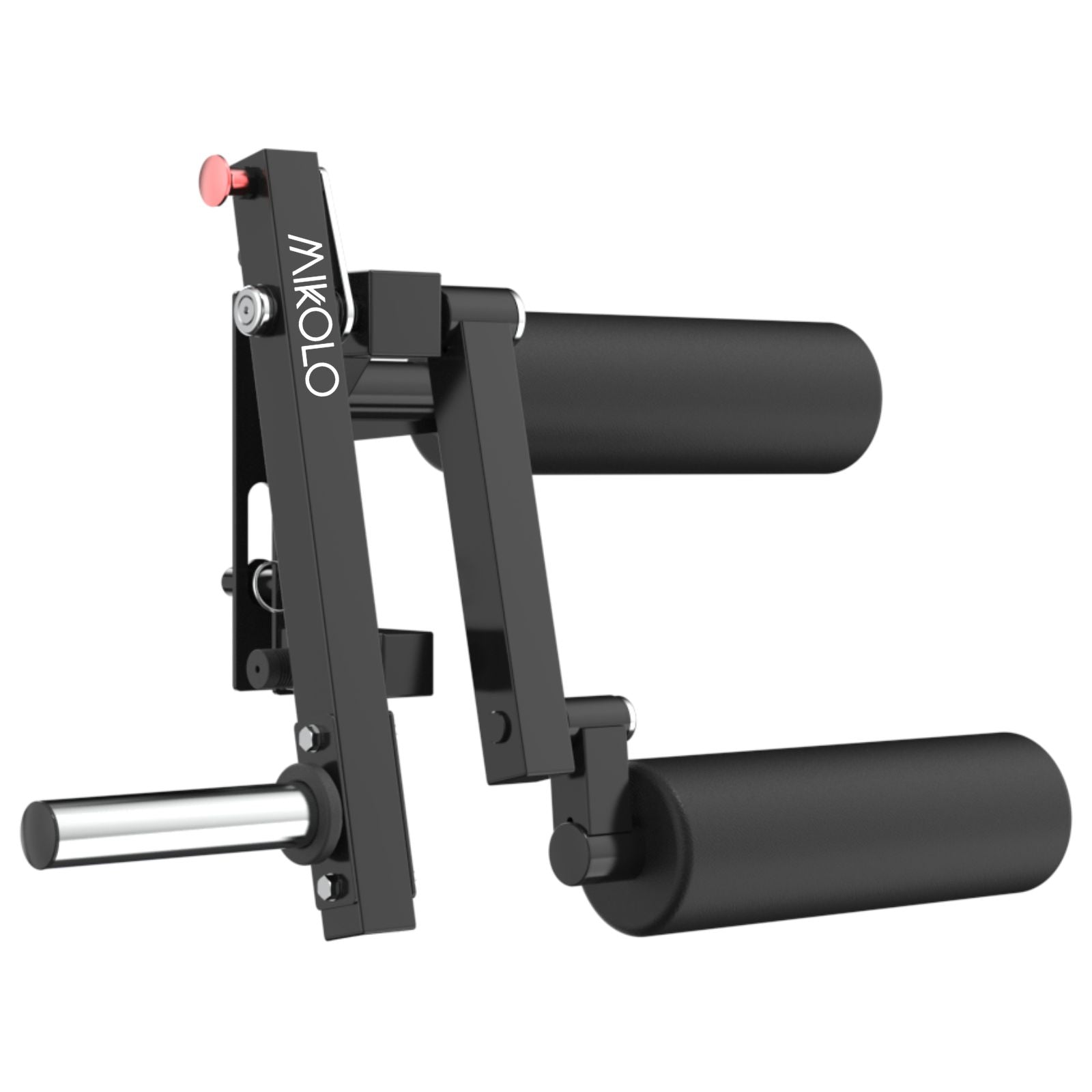
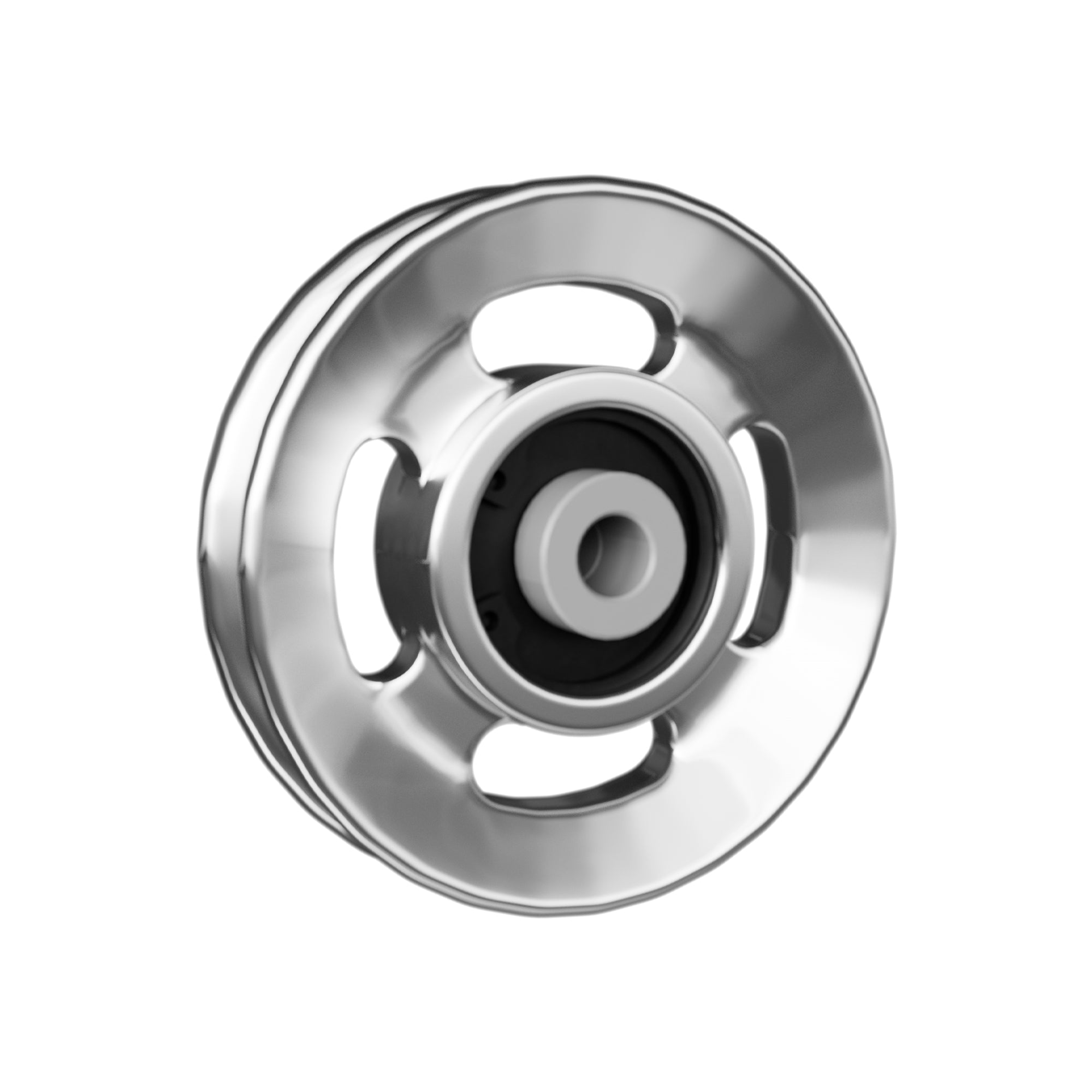
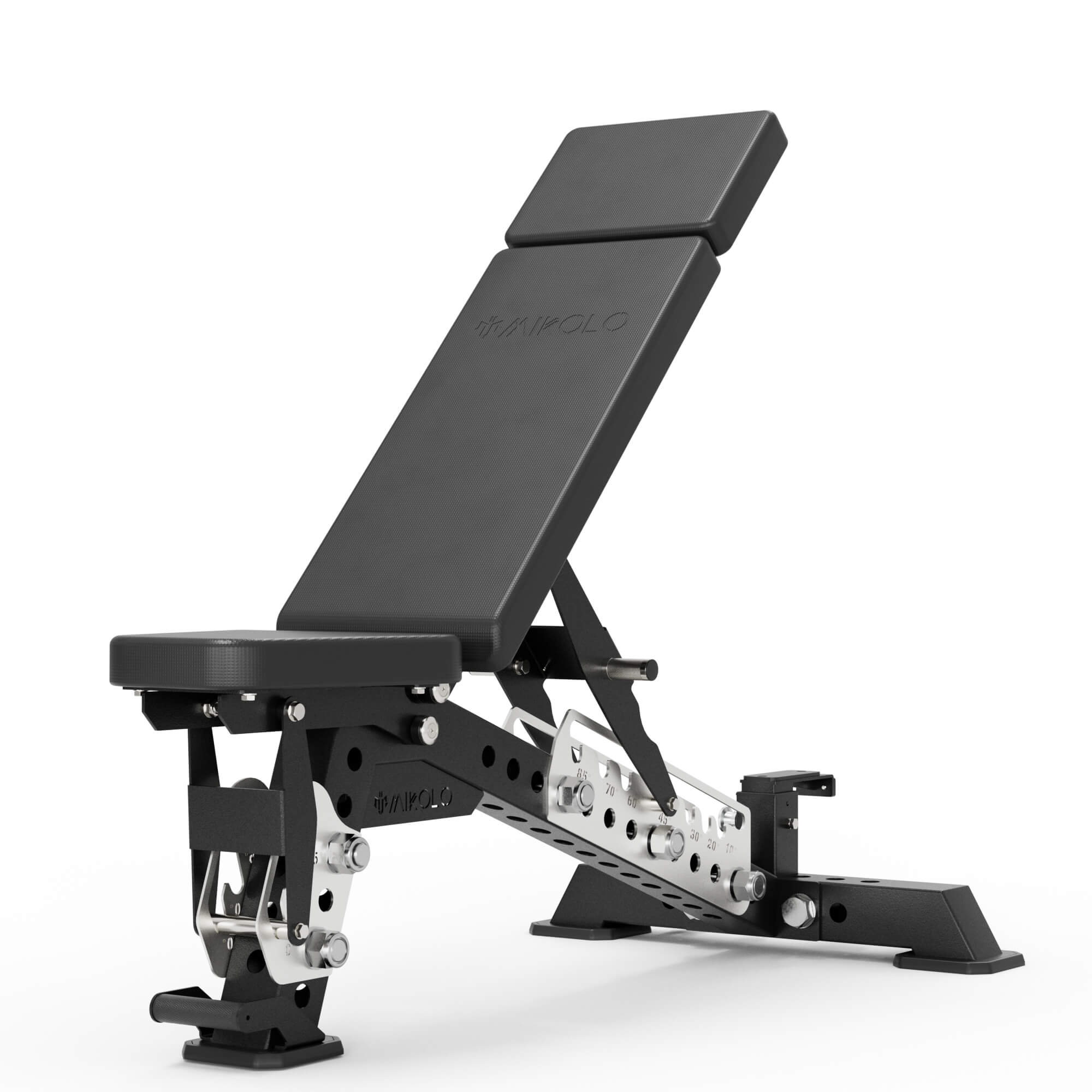
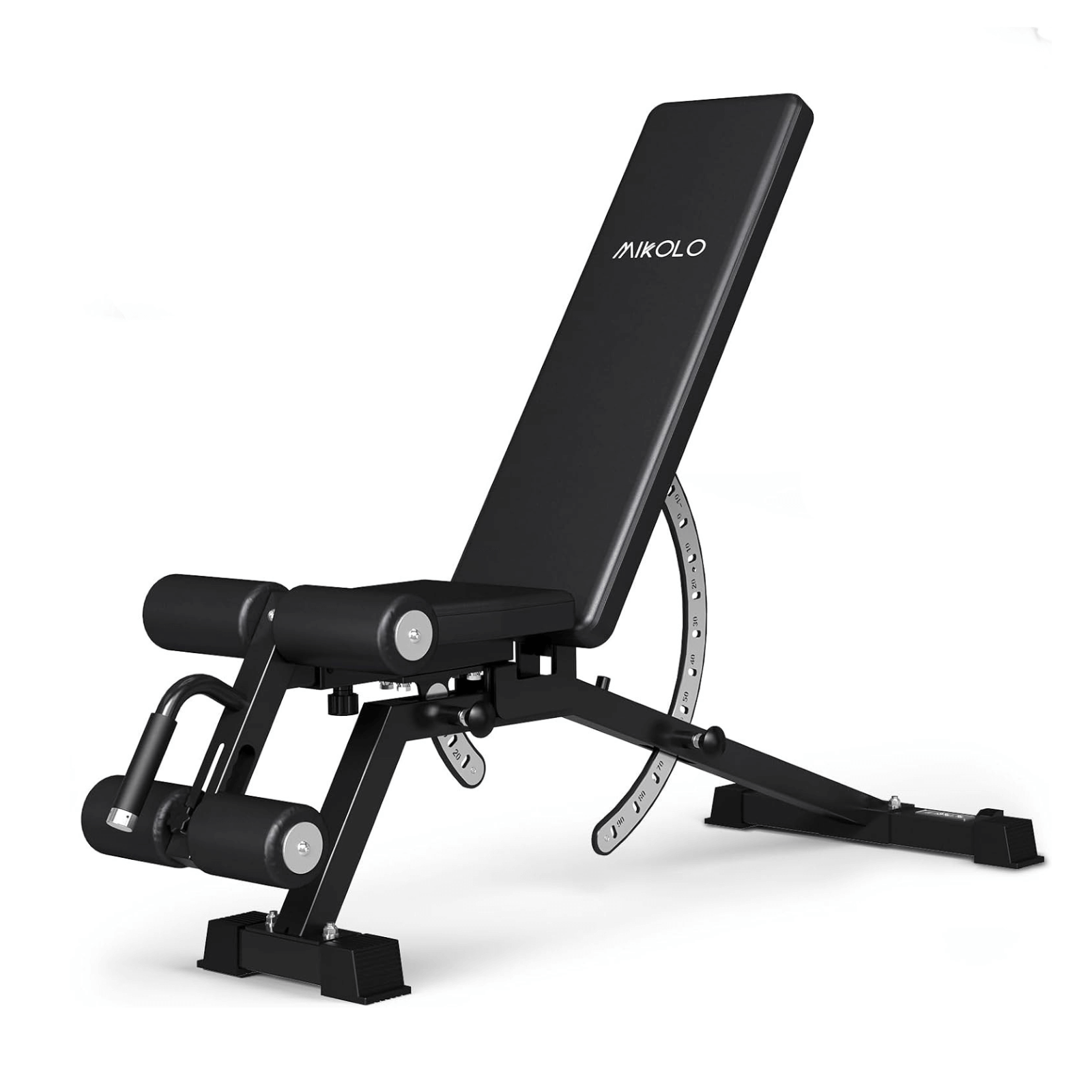
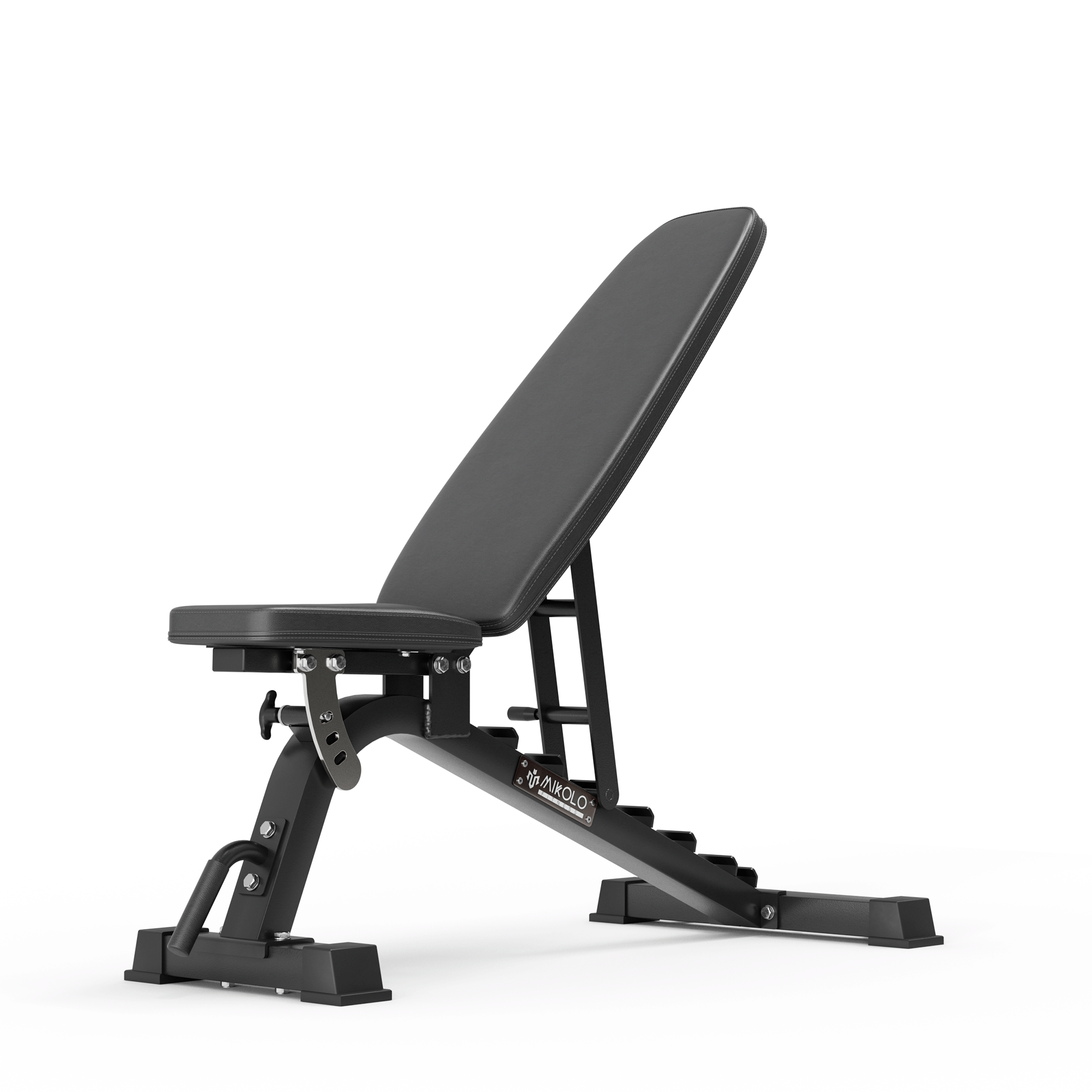
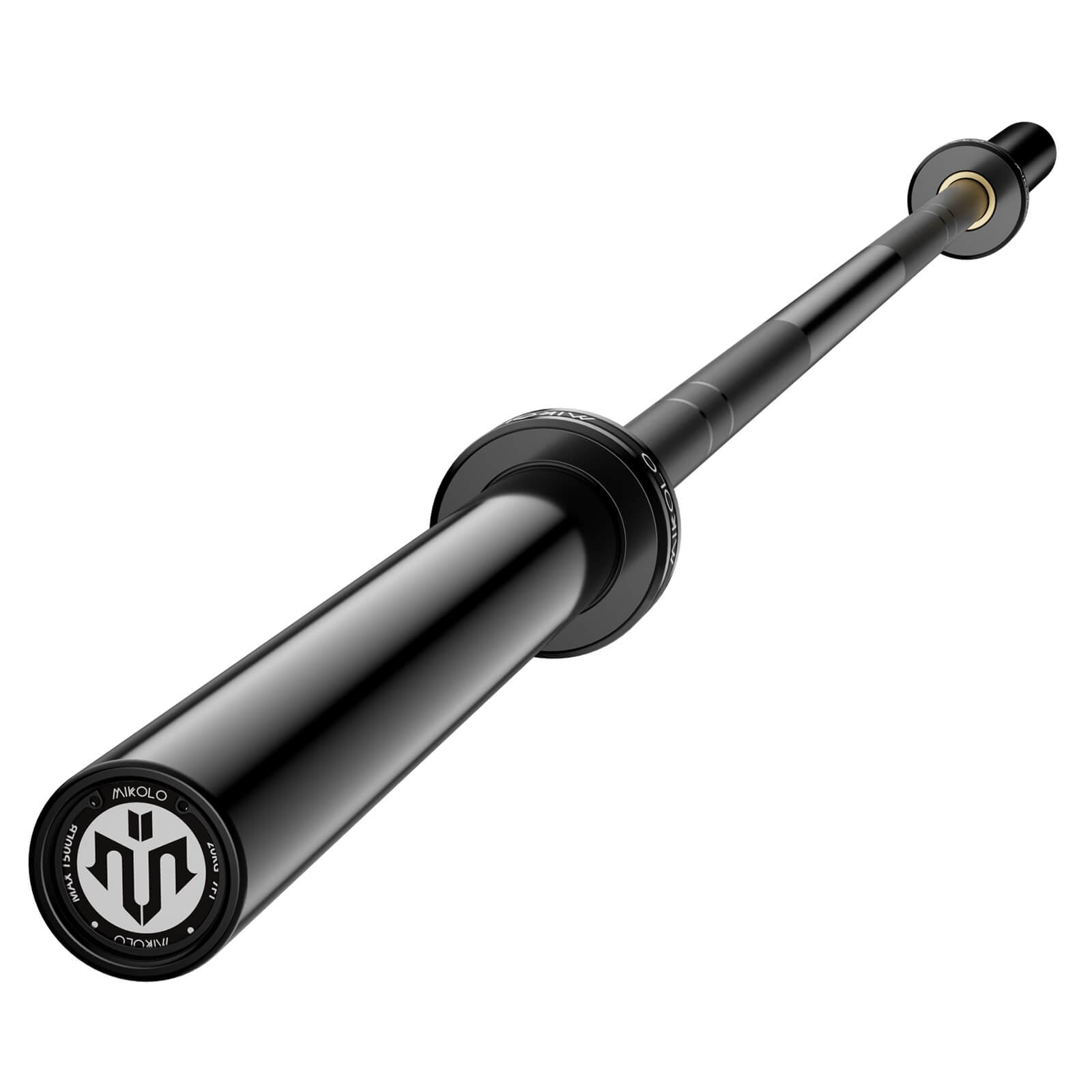
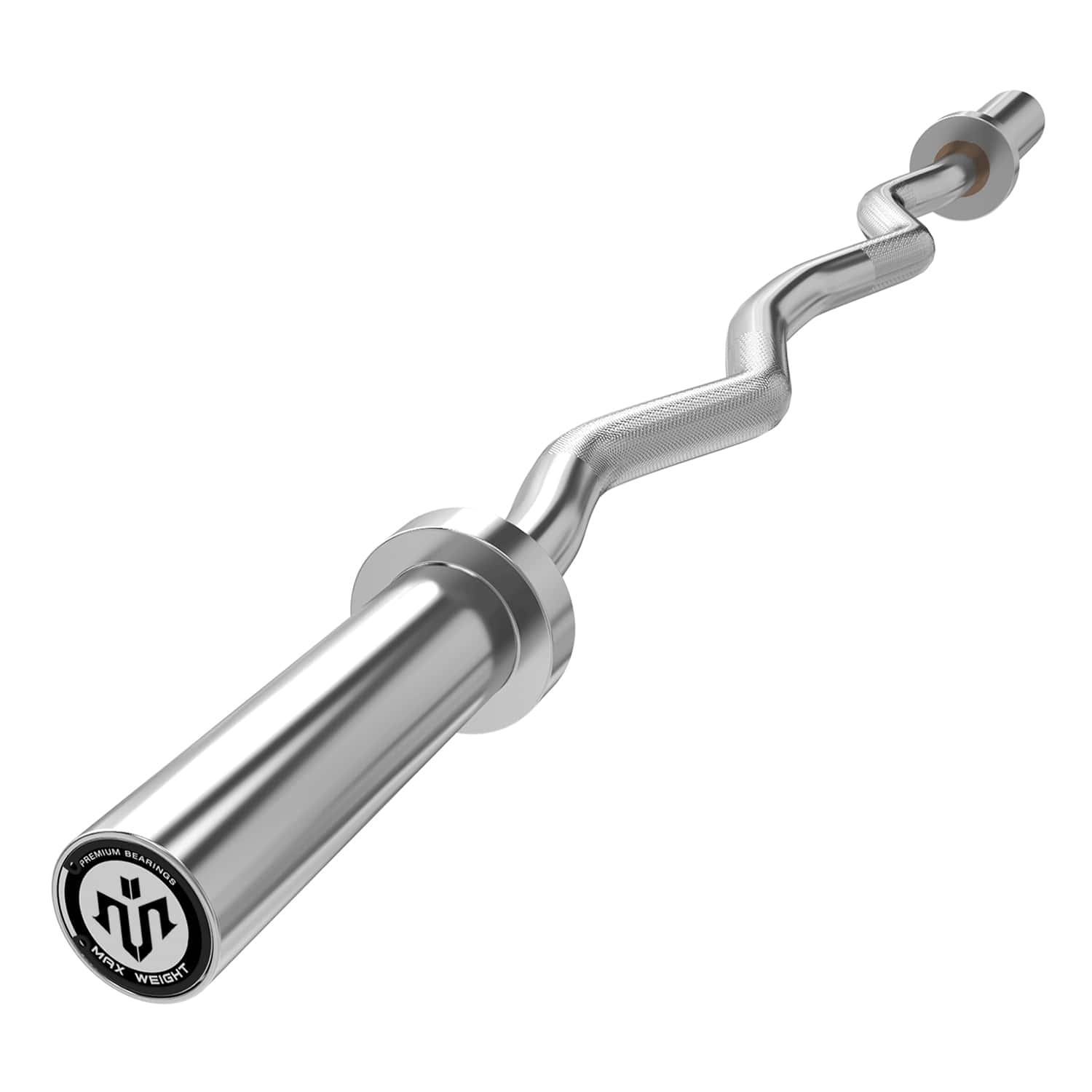
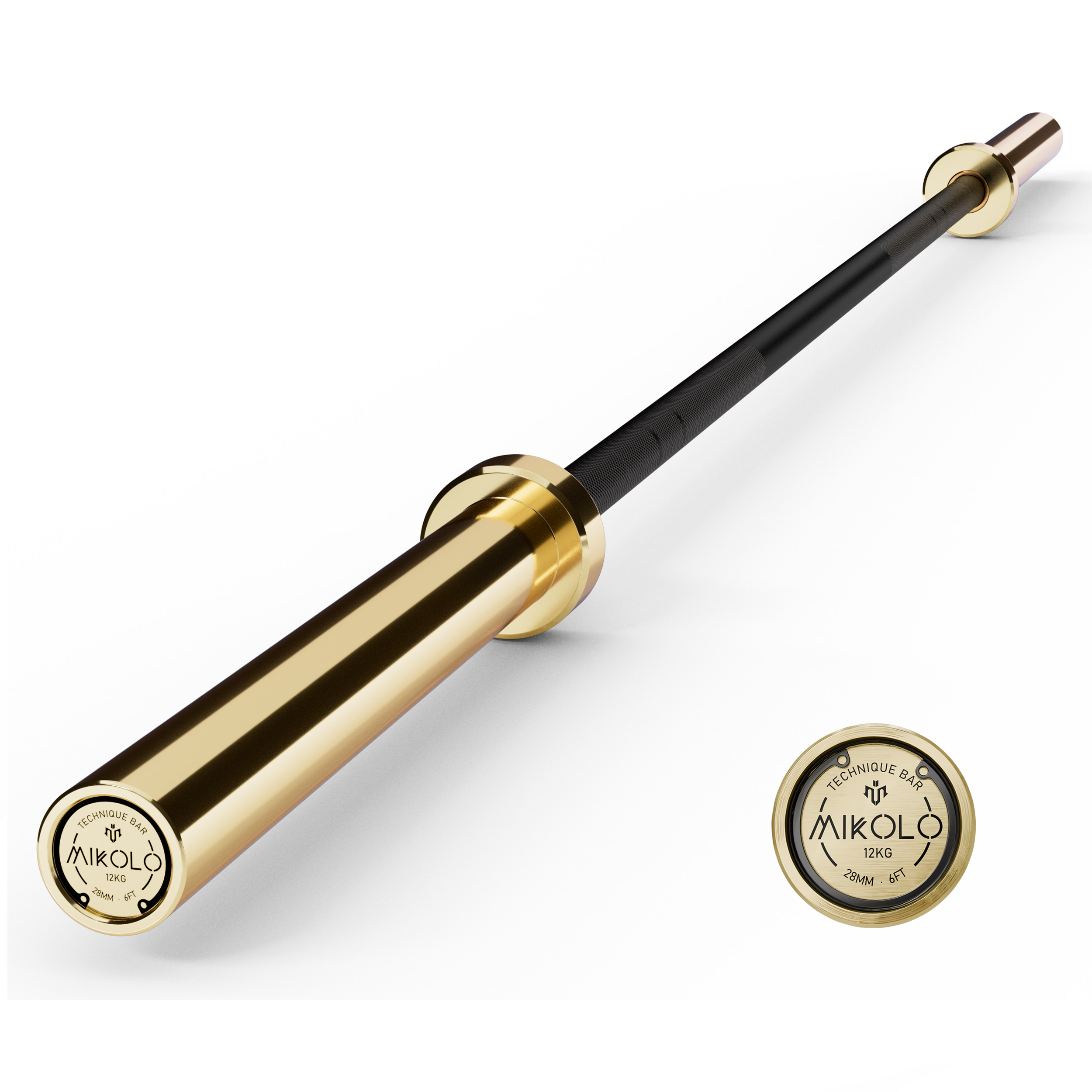
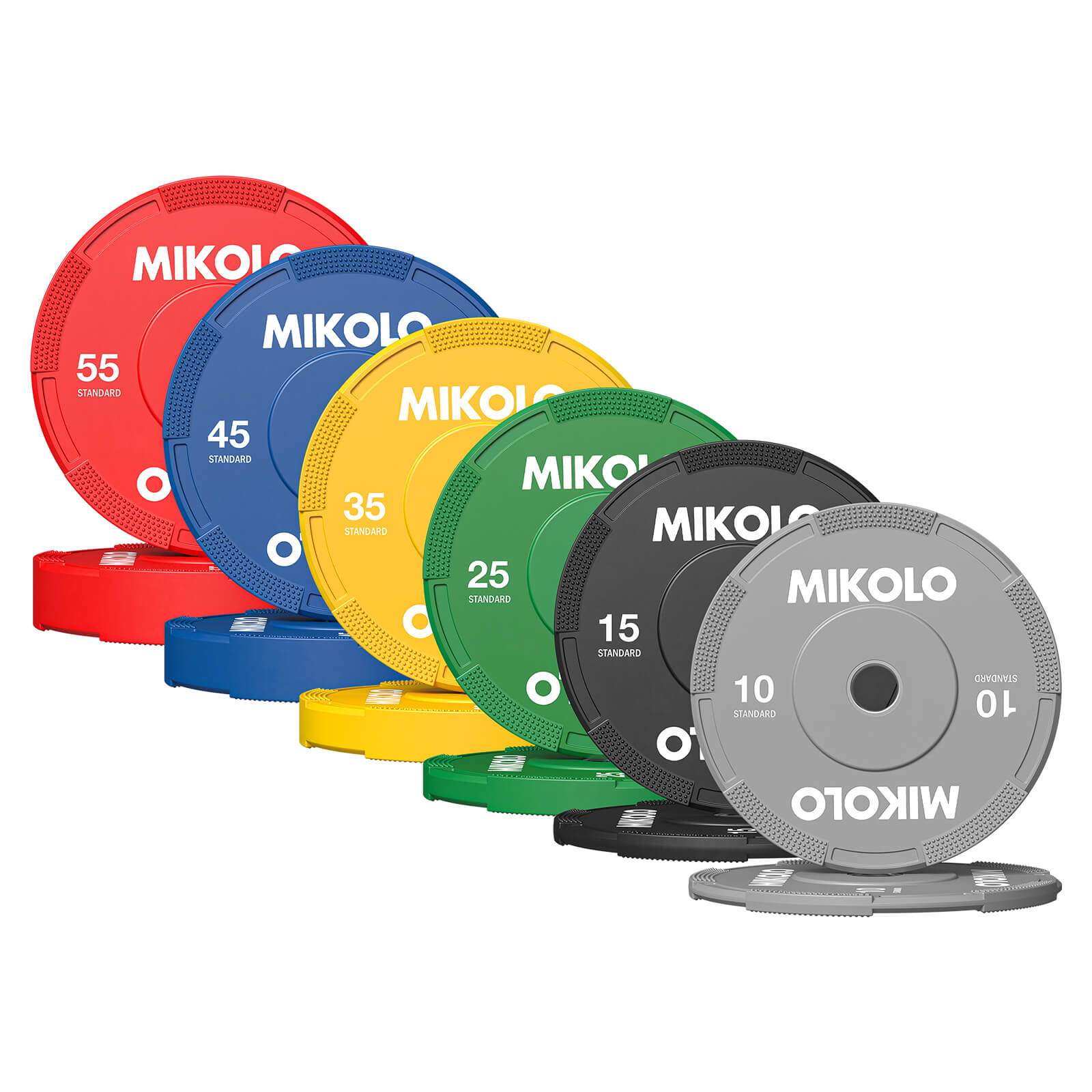
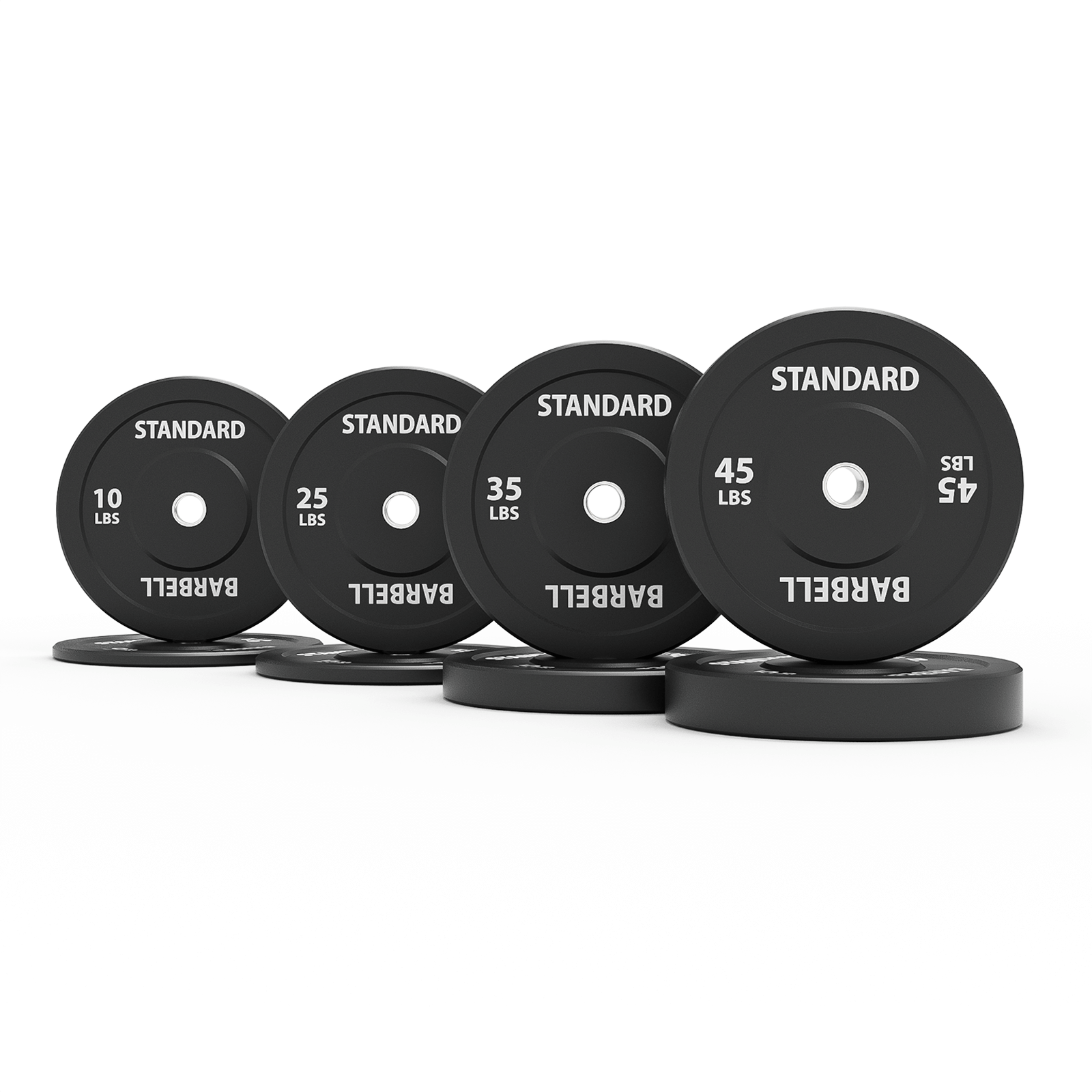
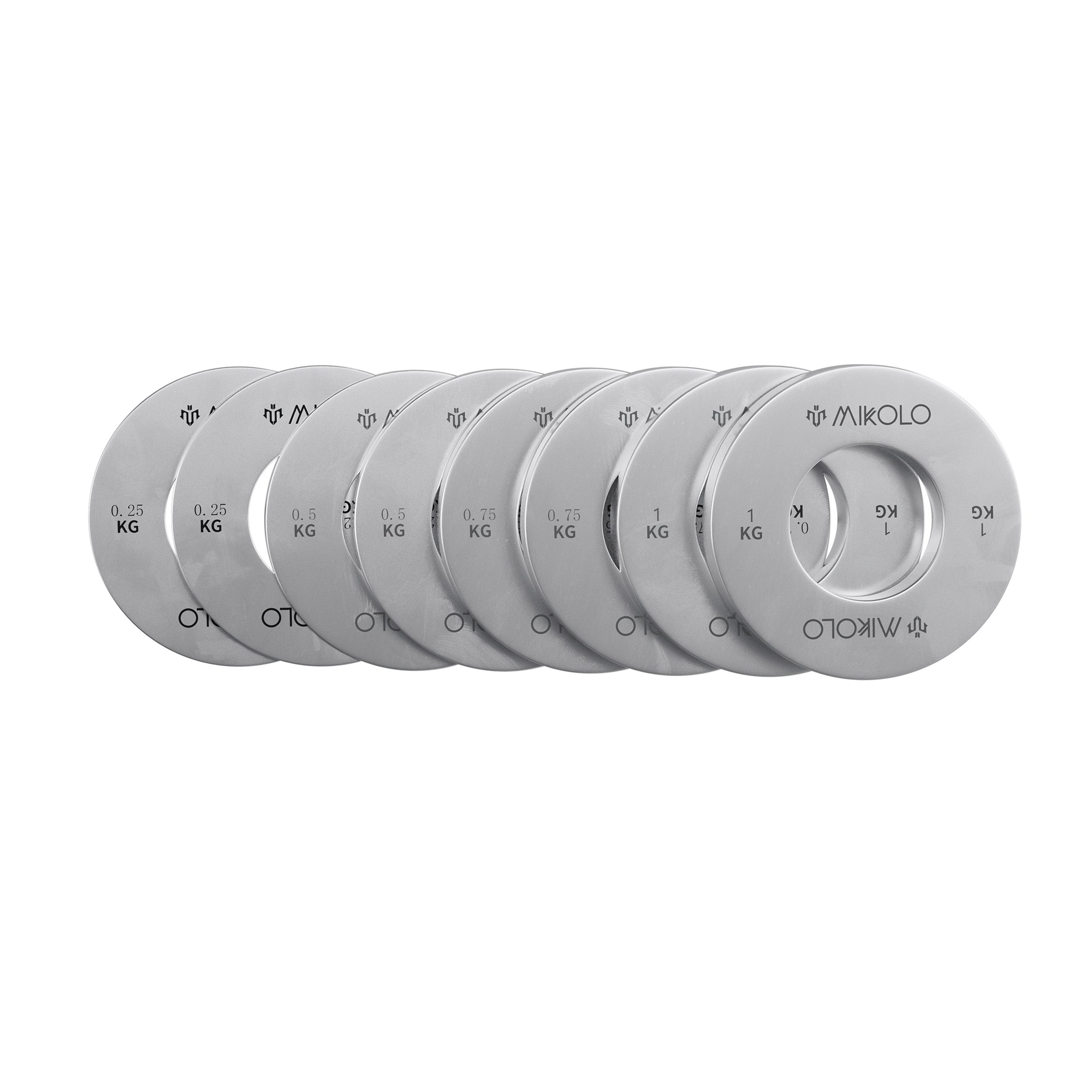

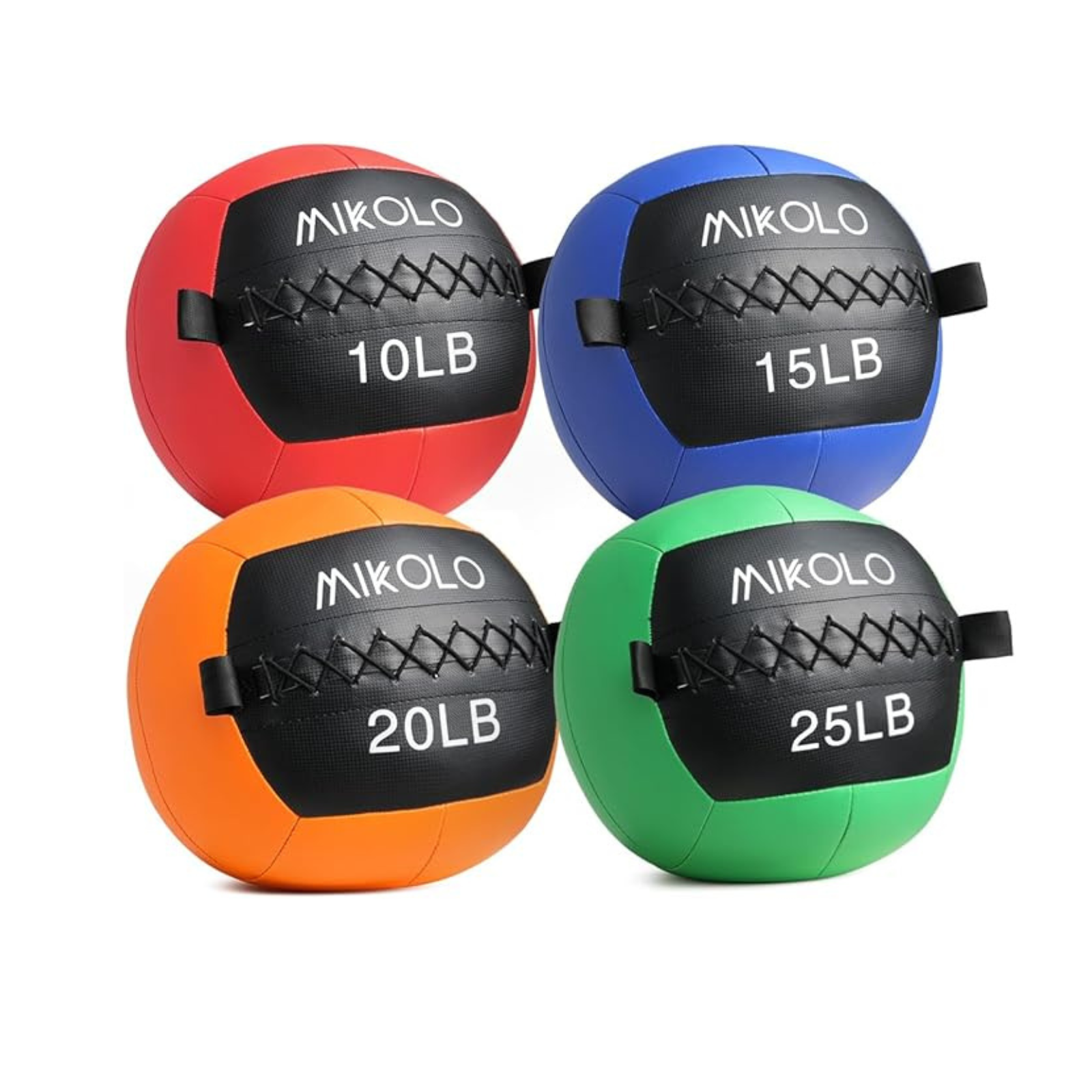
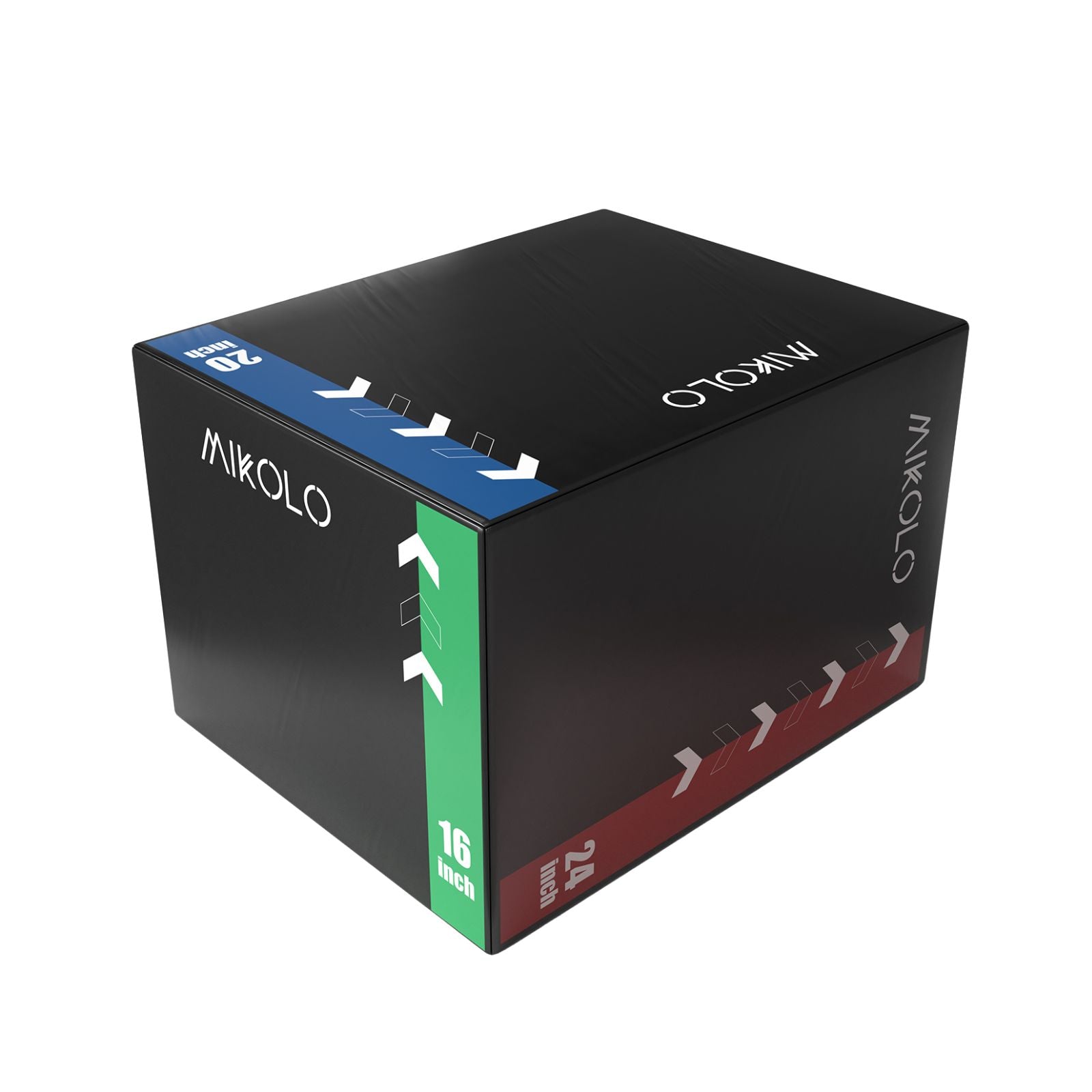
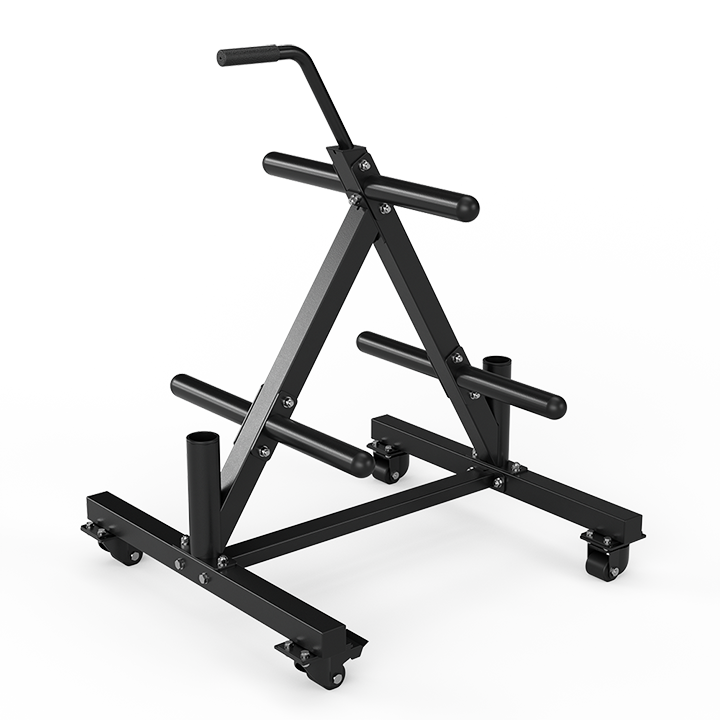
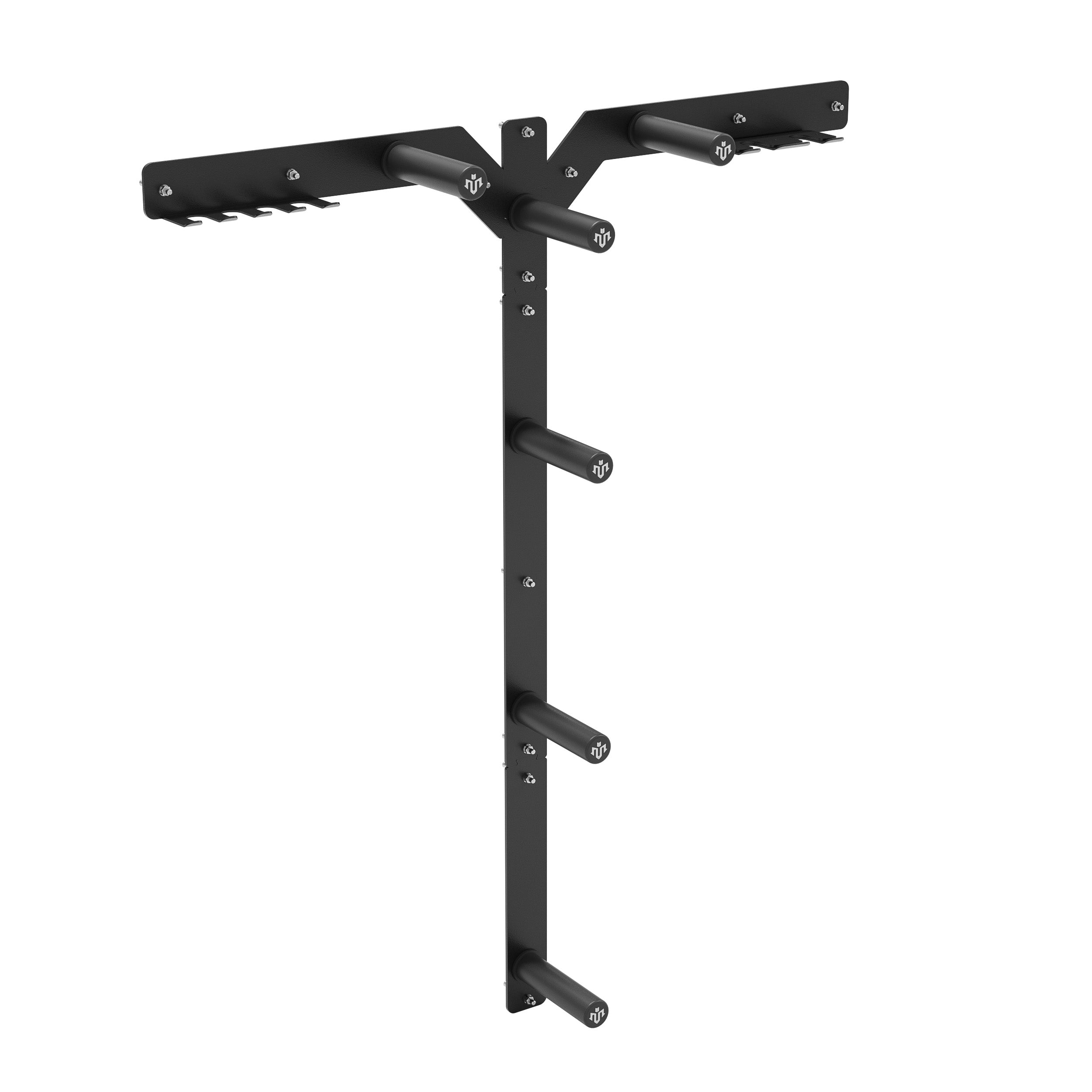
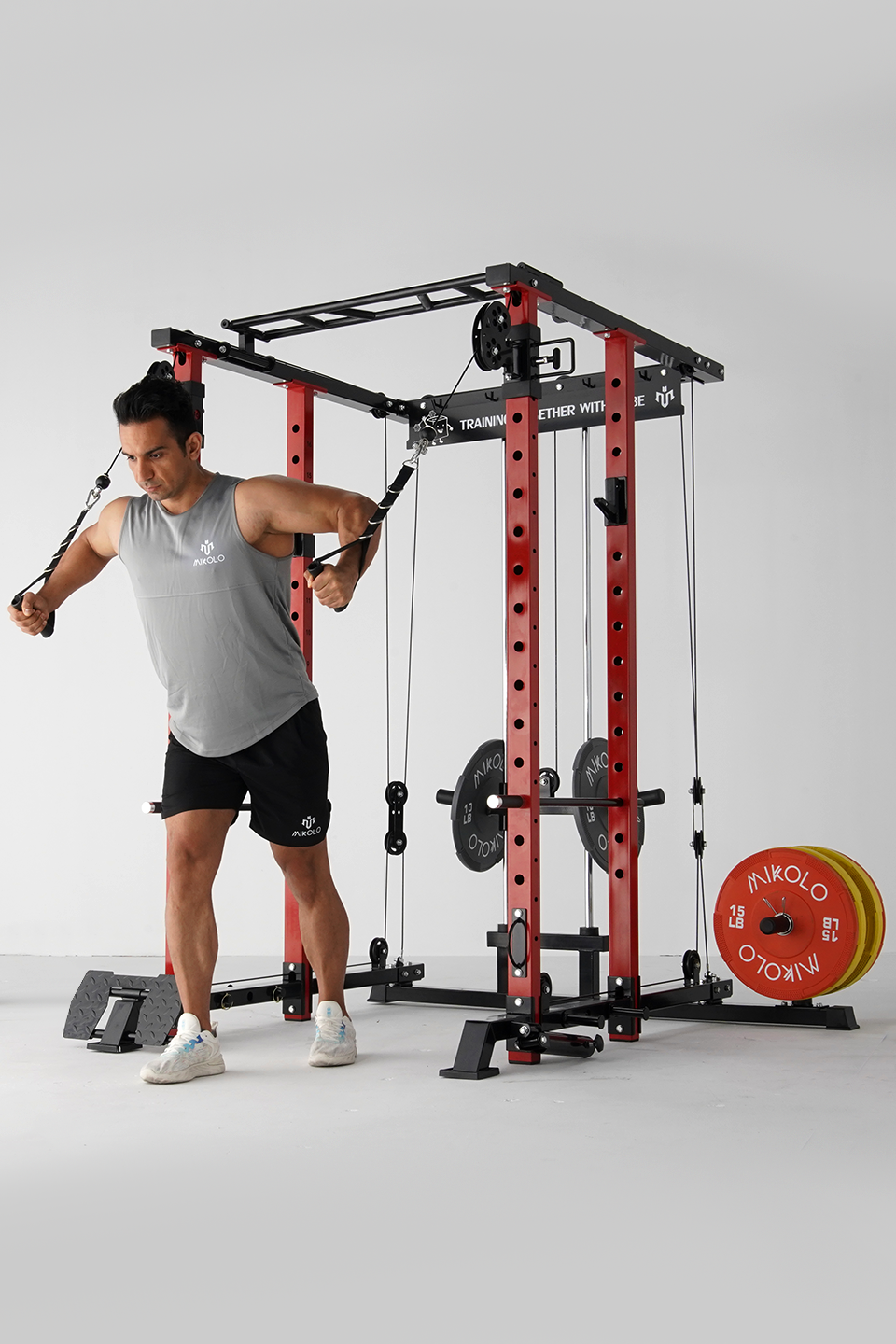



Leave a comment
This site is protected by hCaptcha and the hCaptcha Privacy Policy and Terms of Service apply.